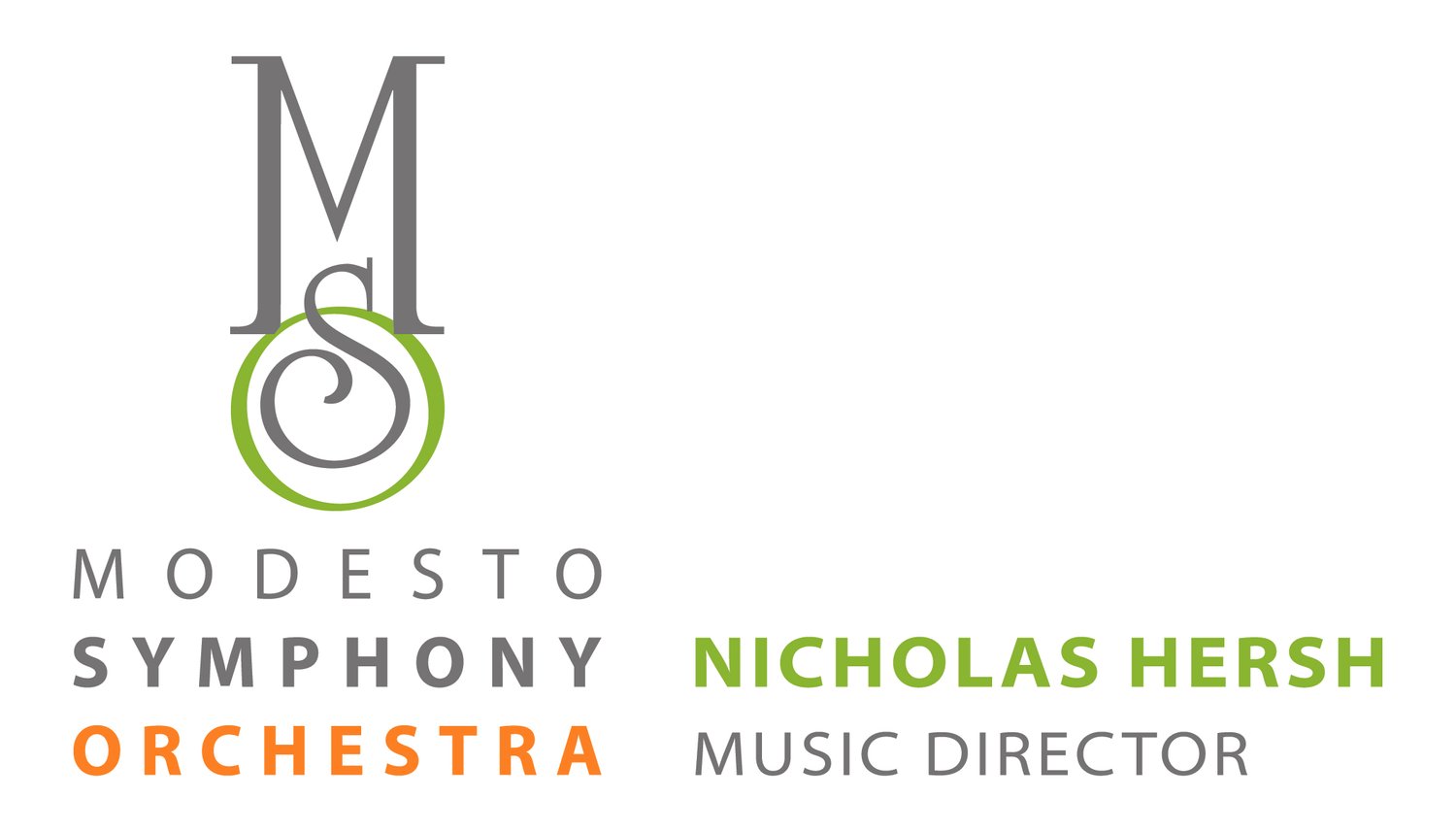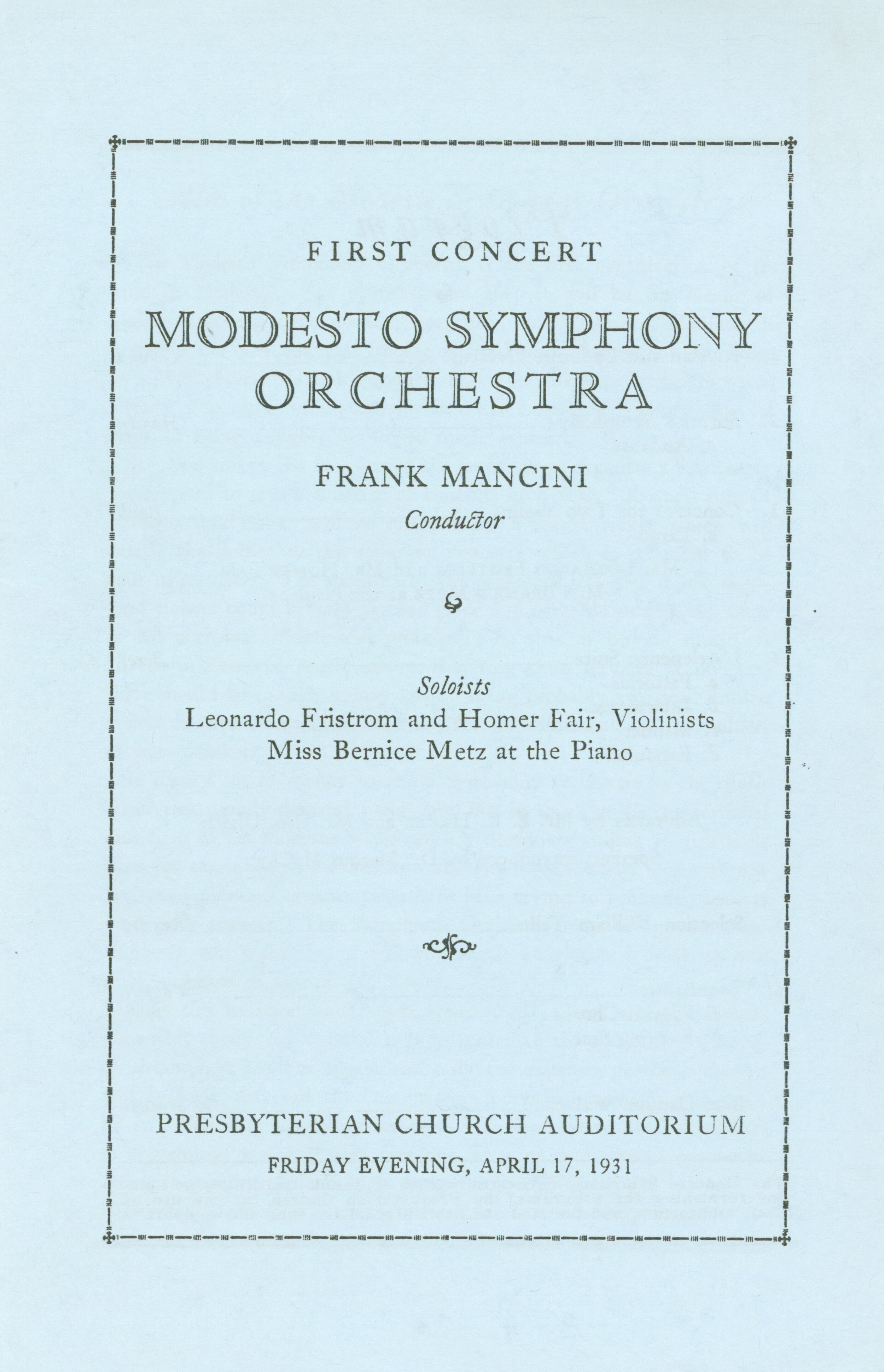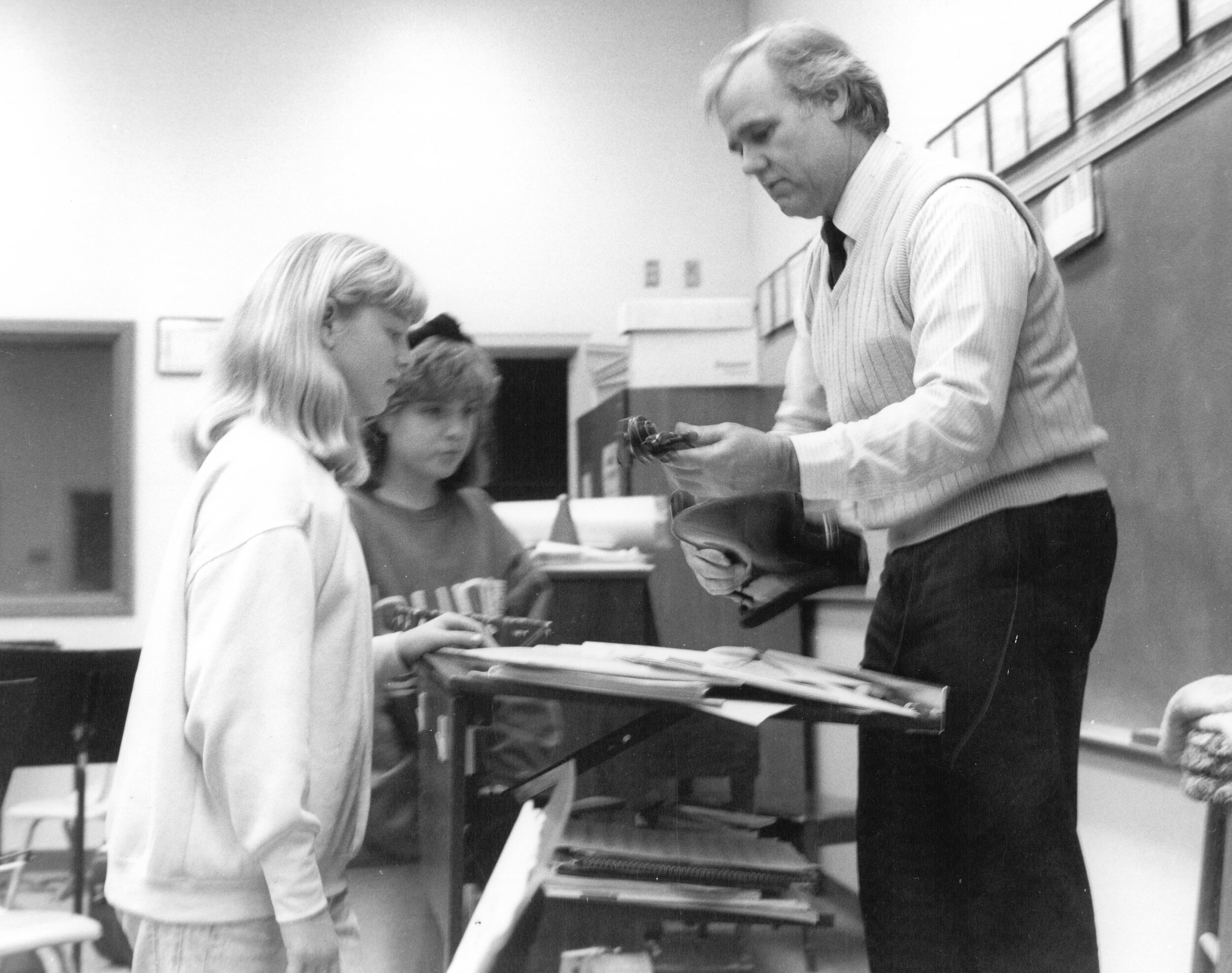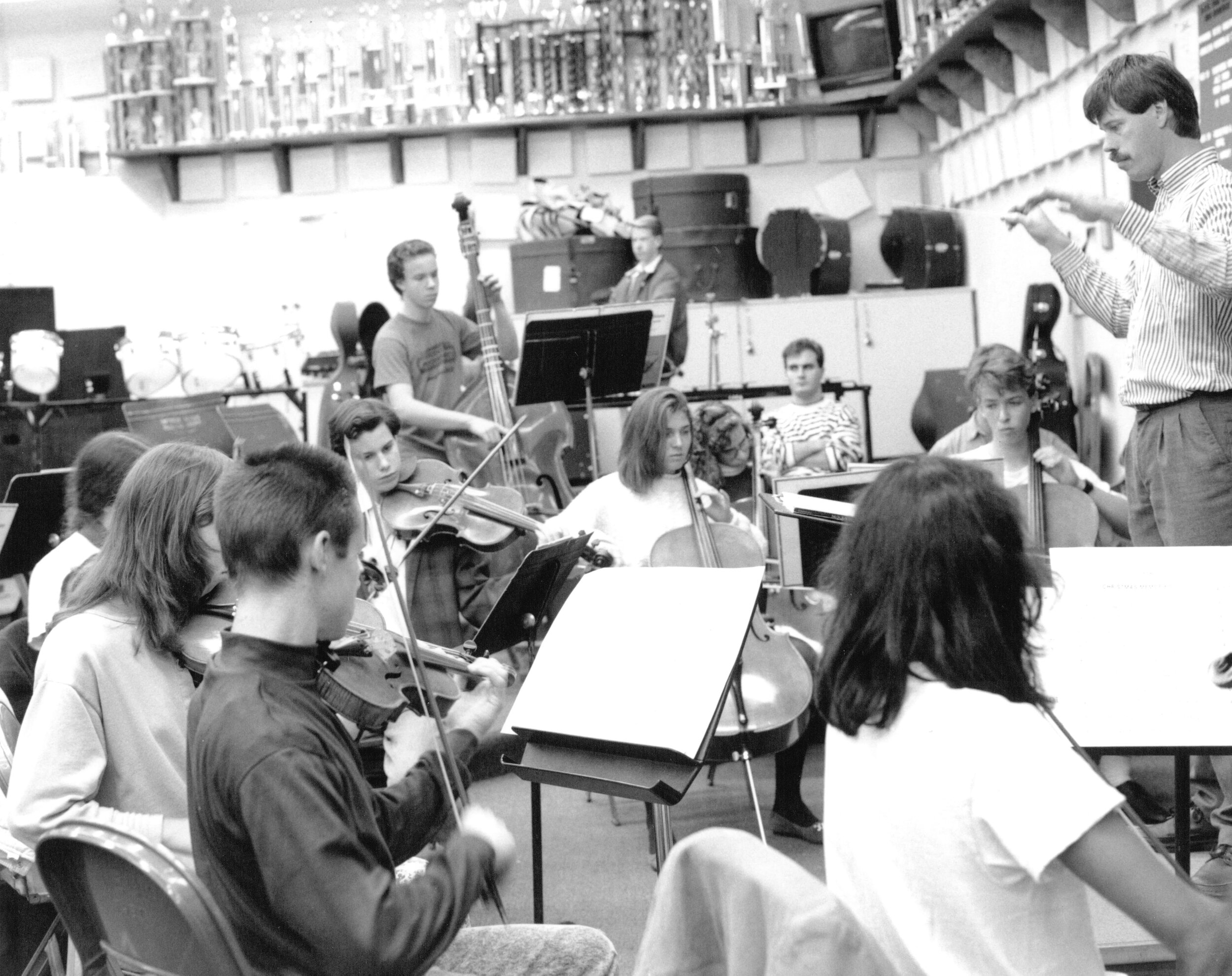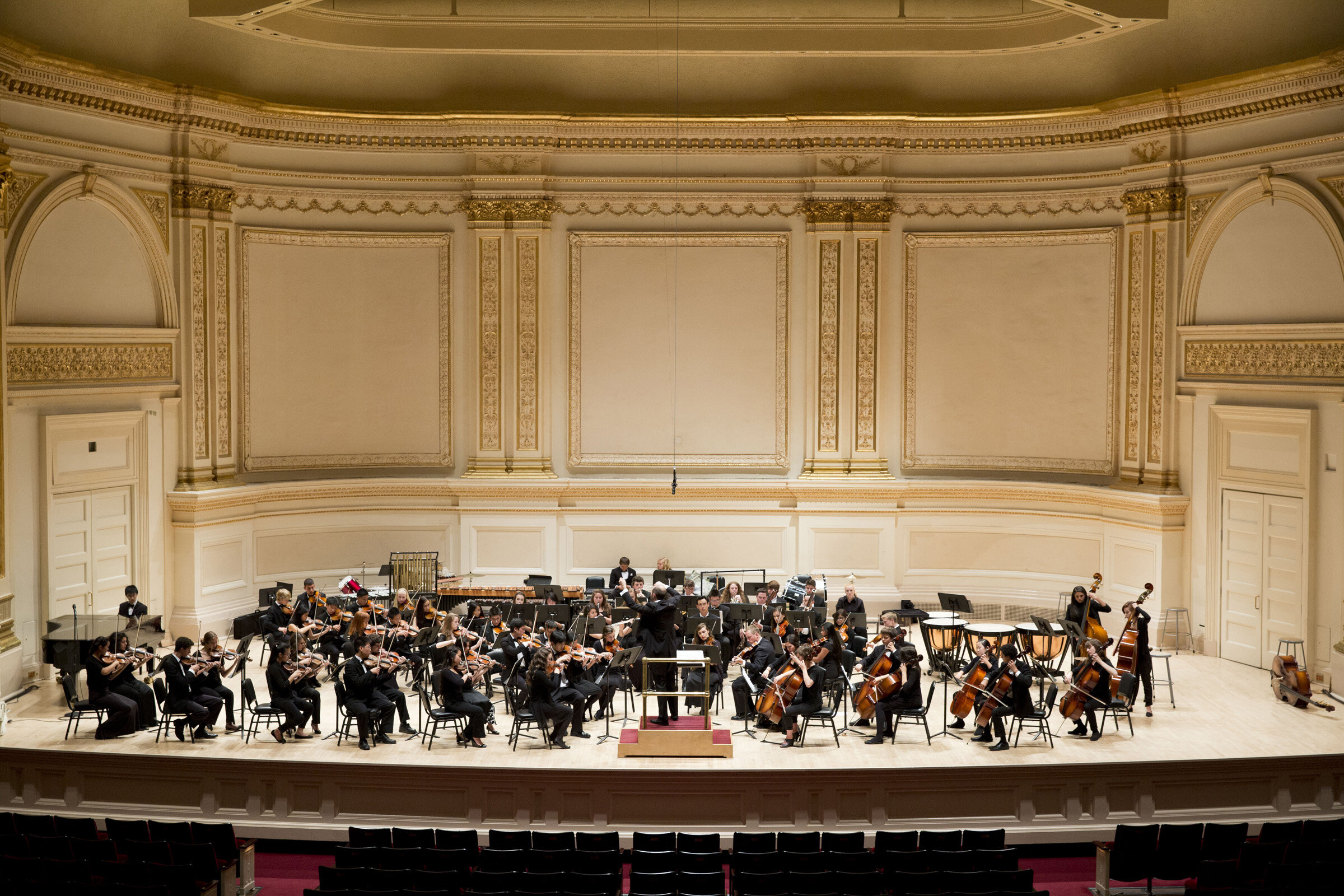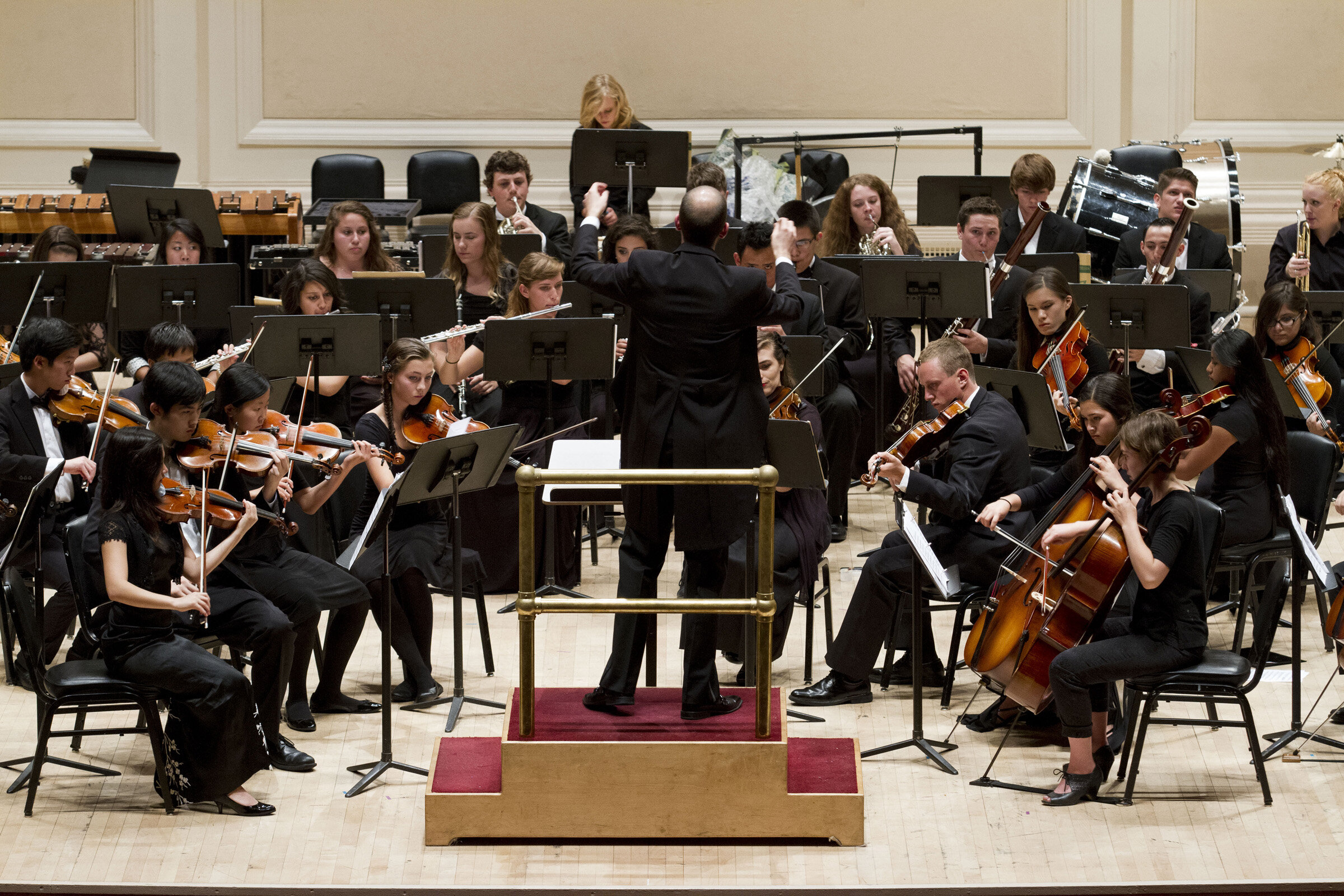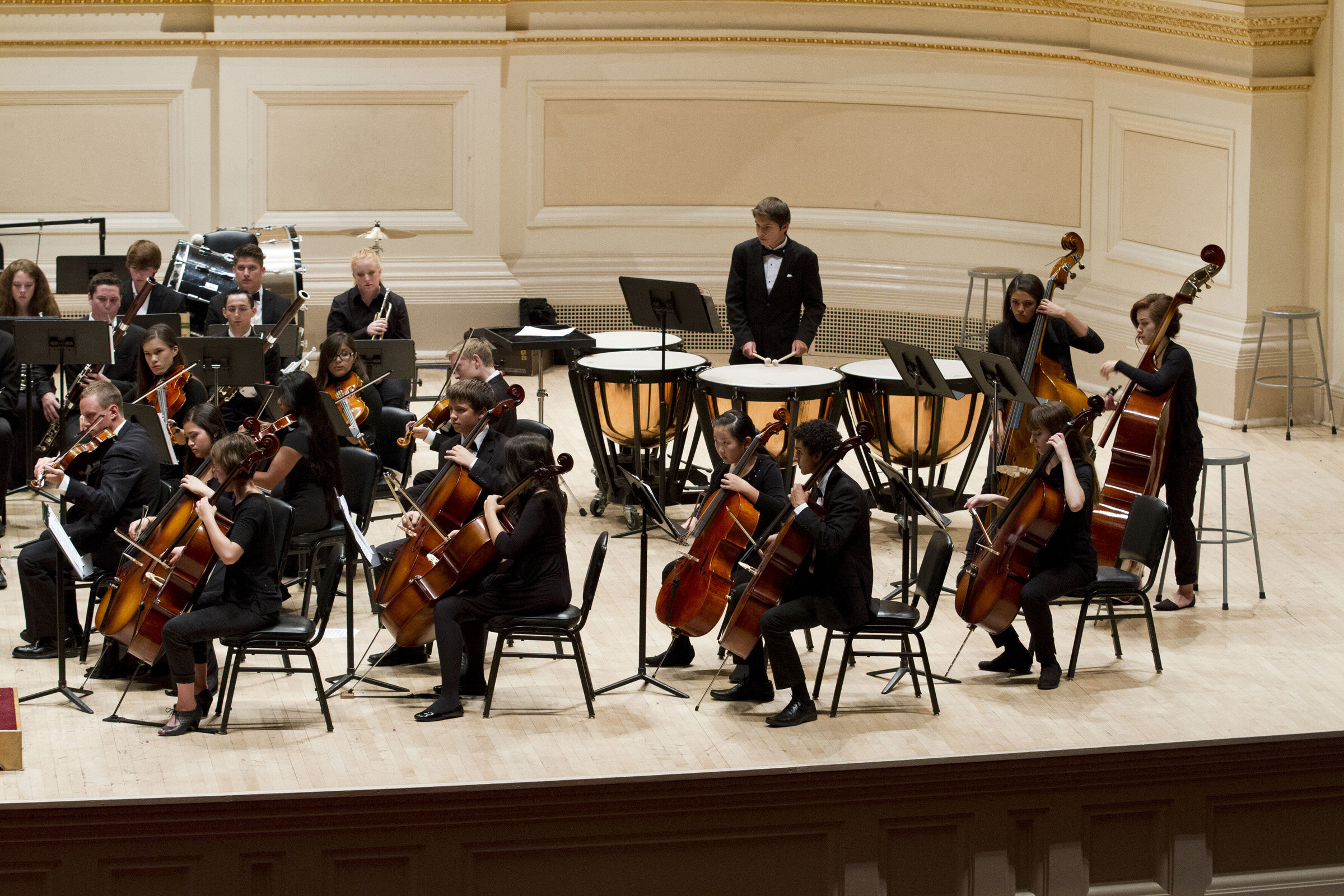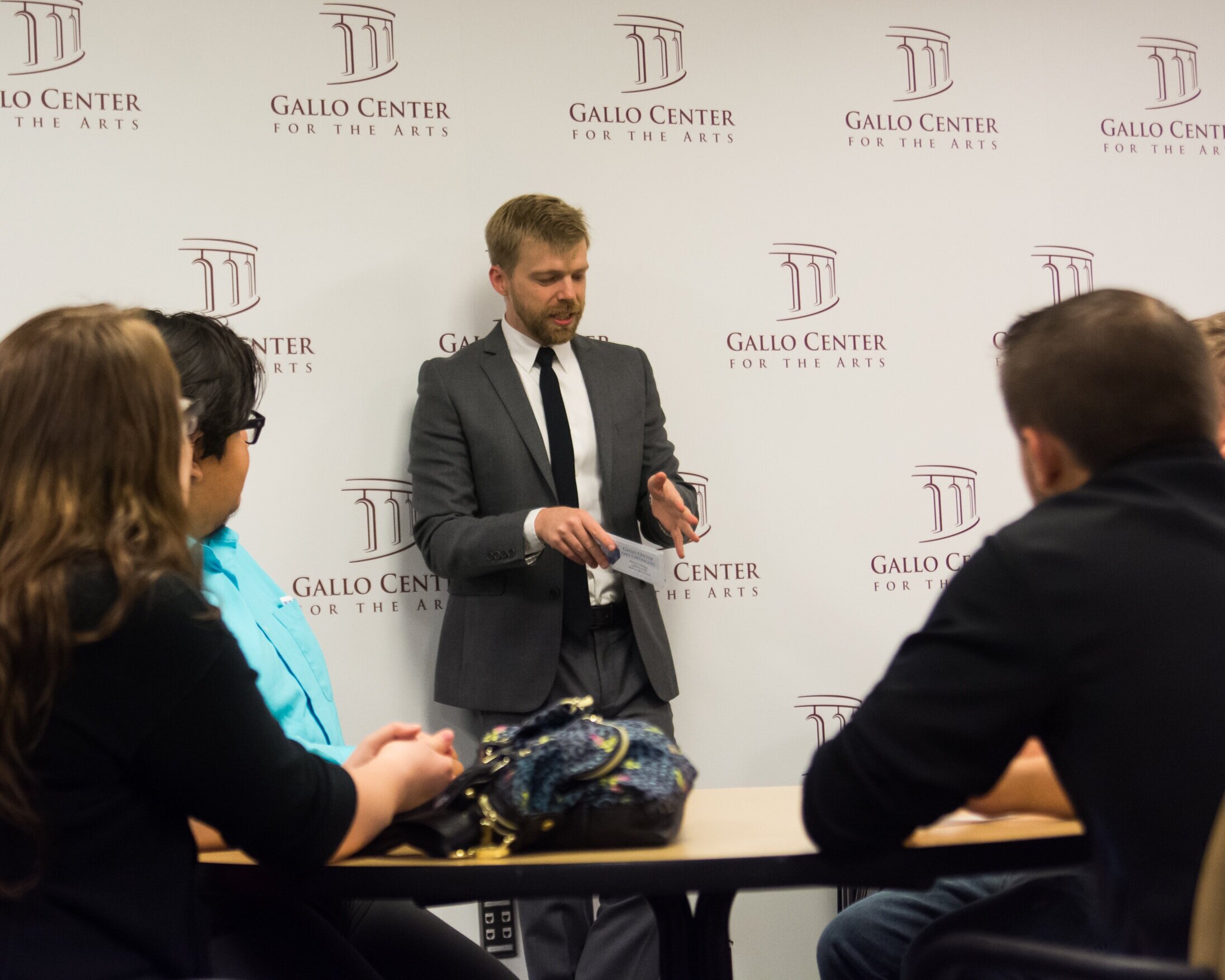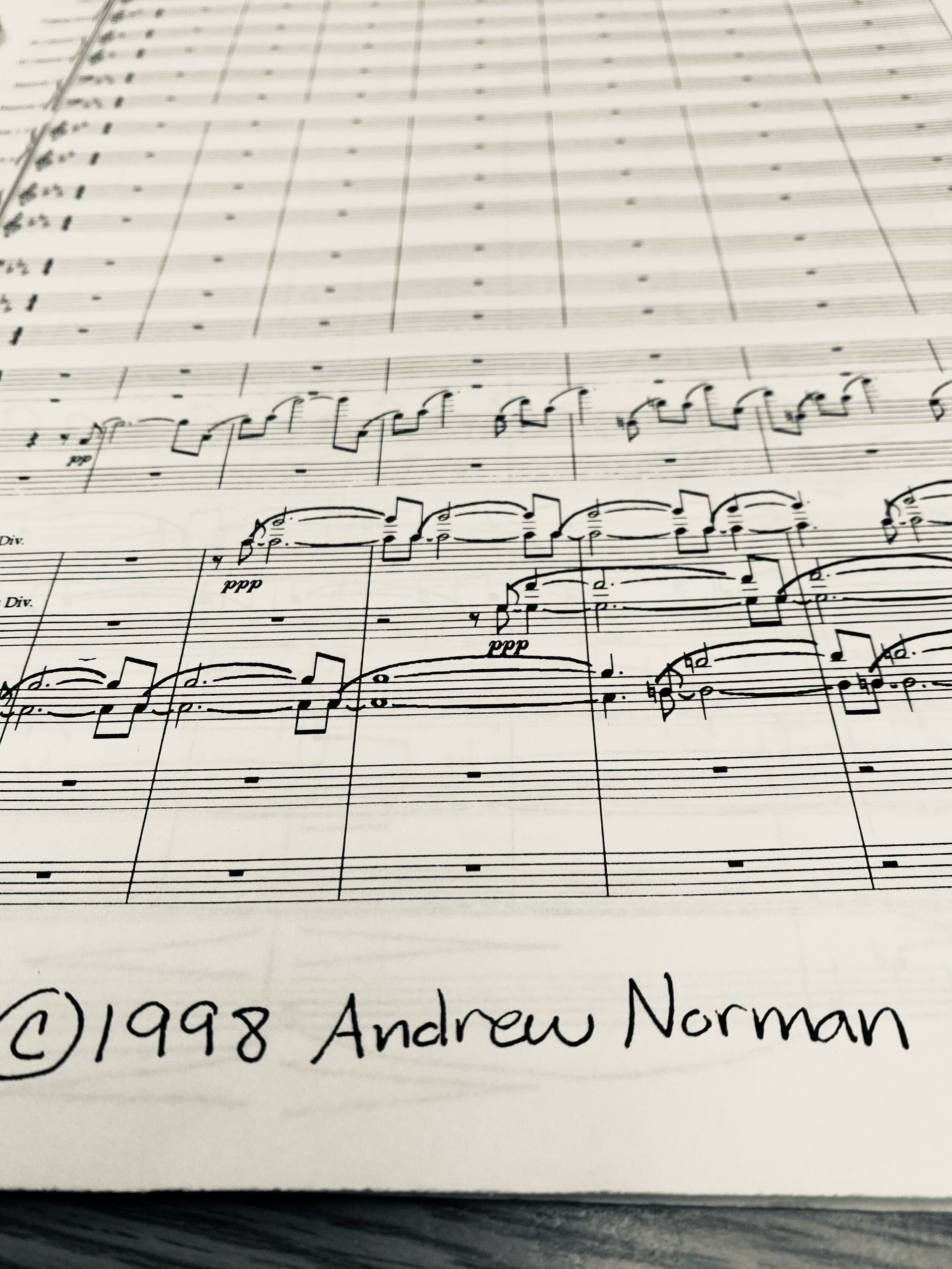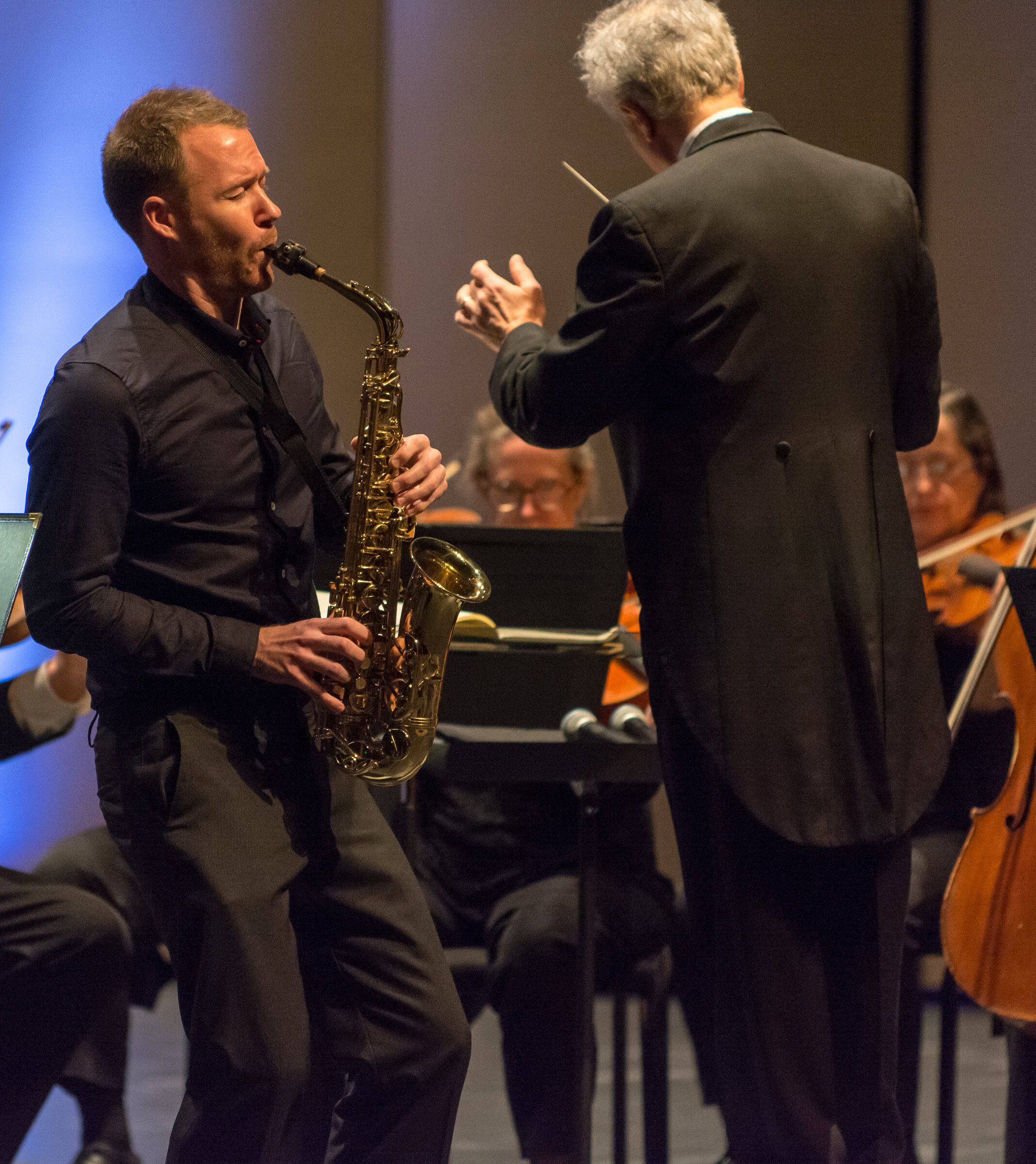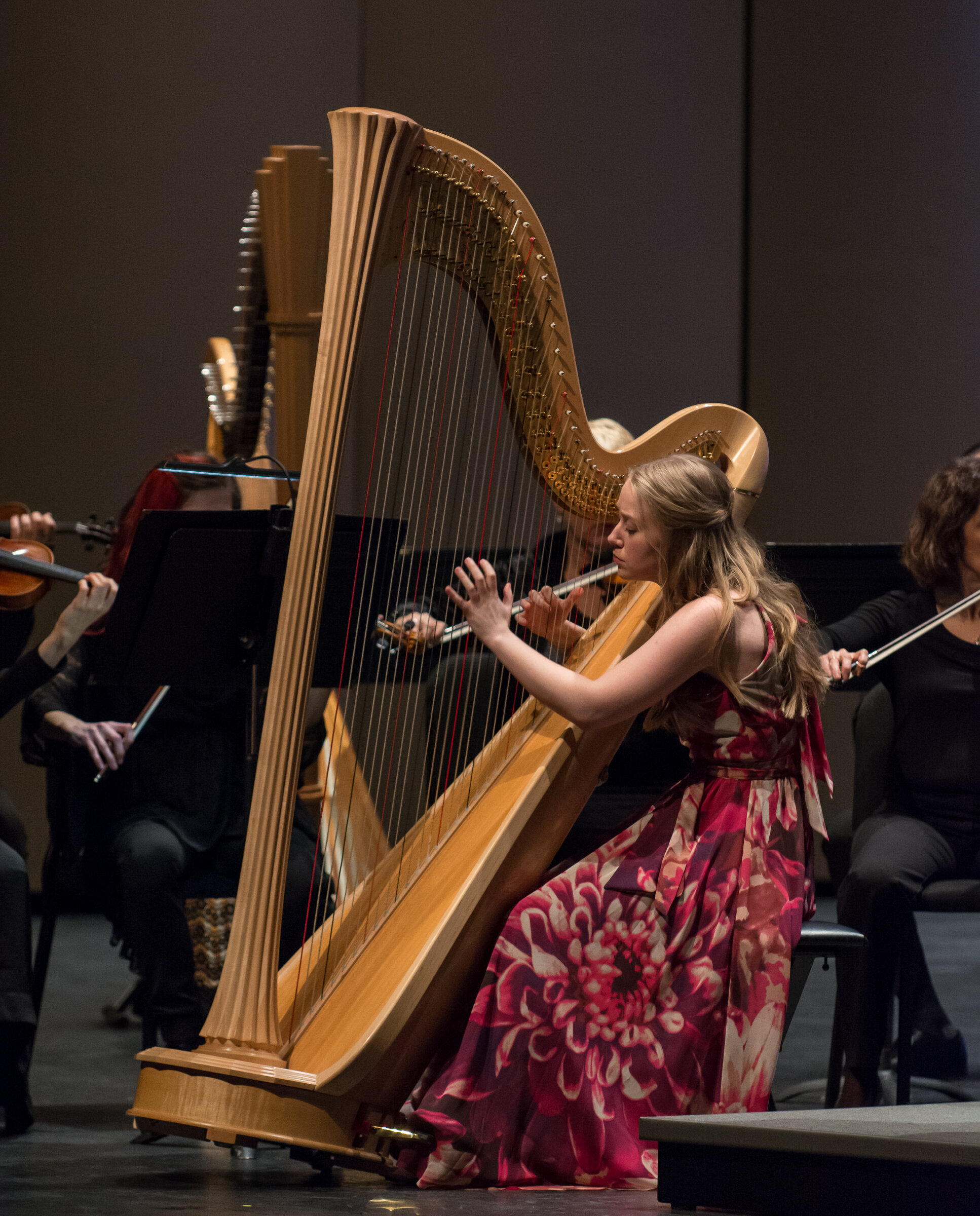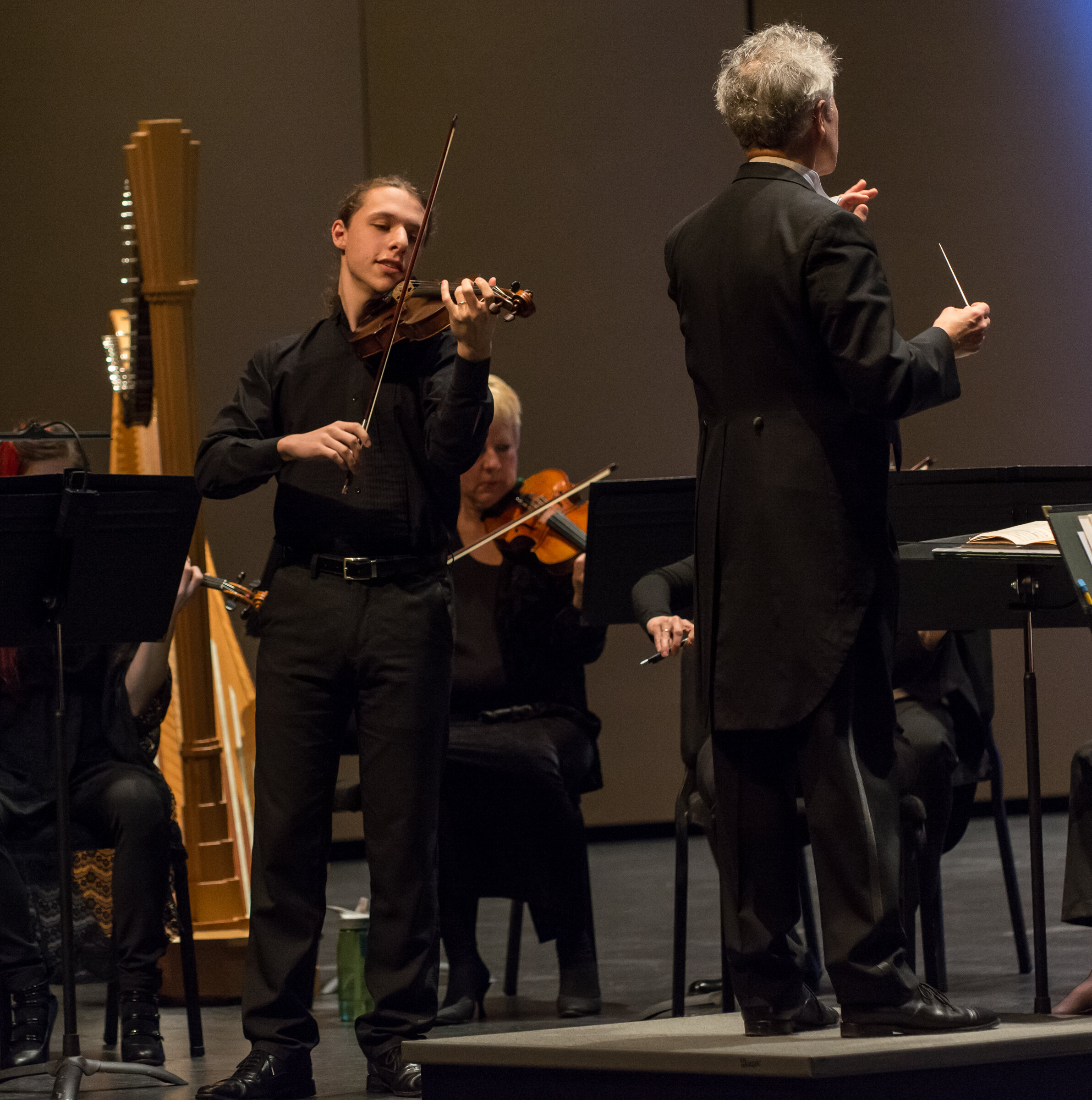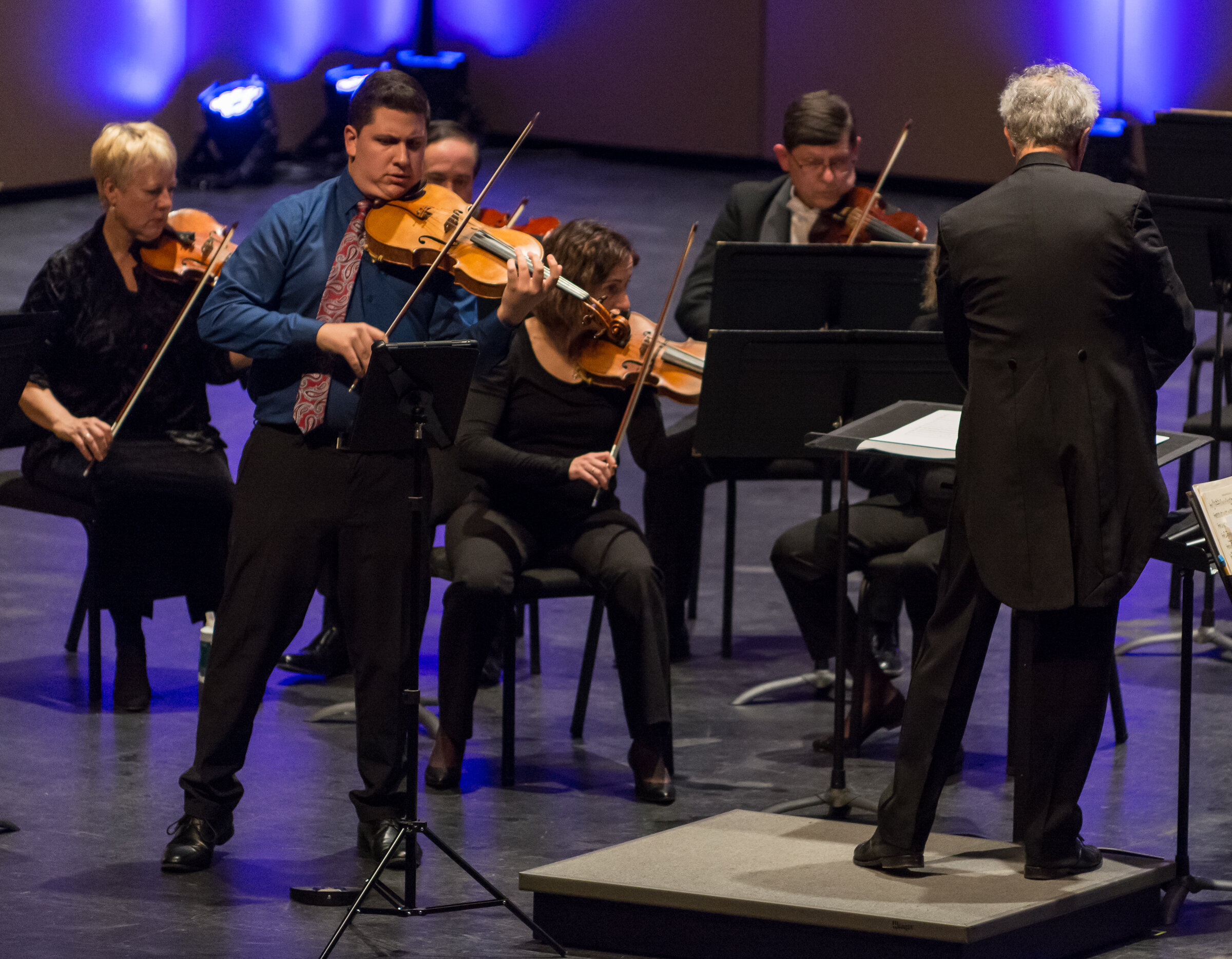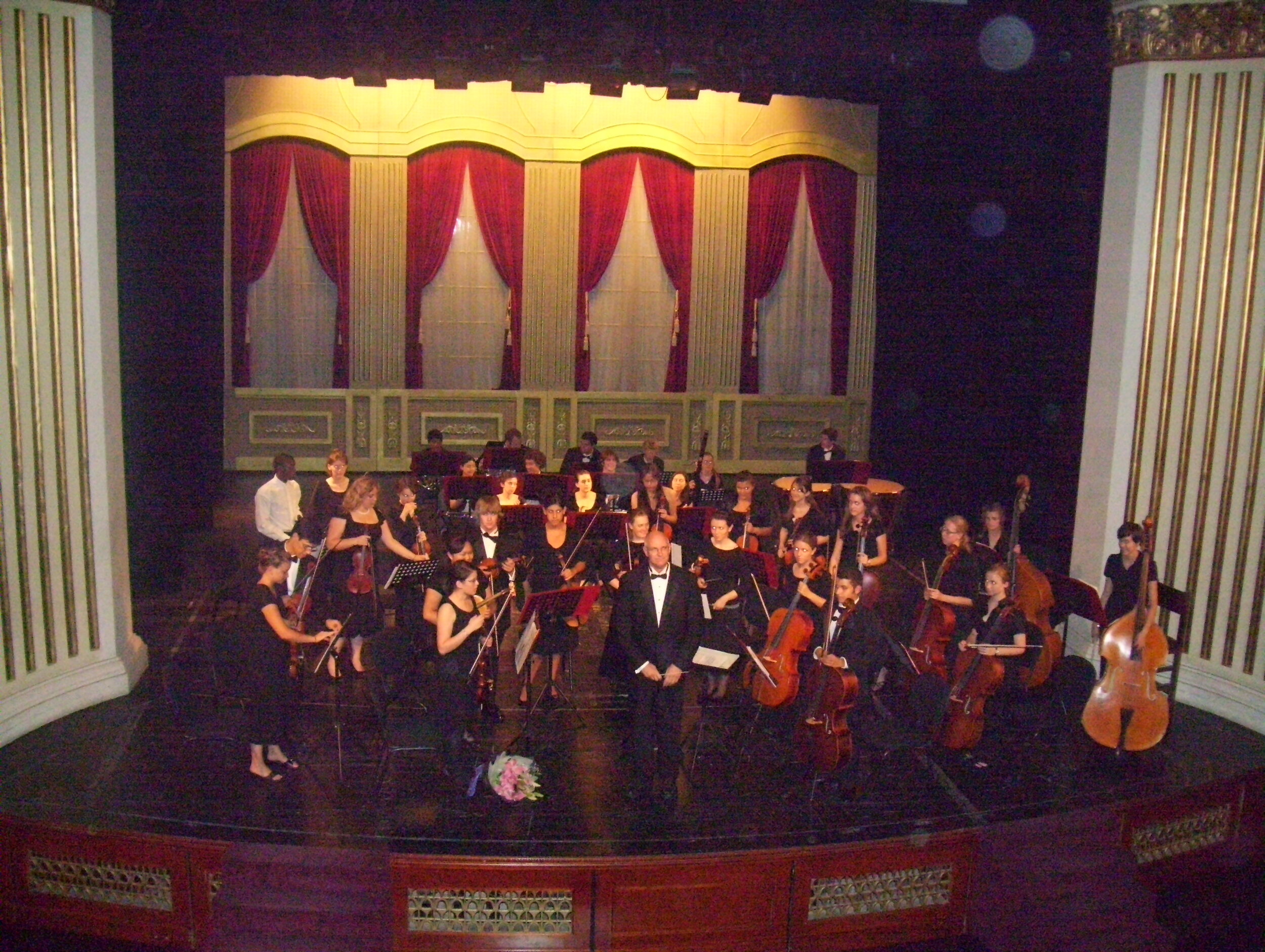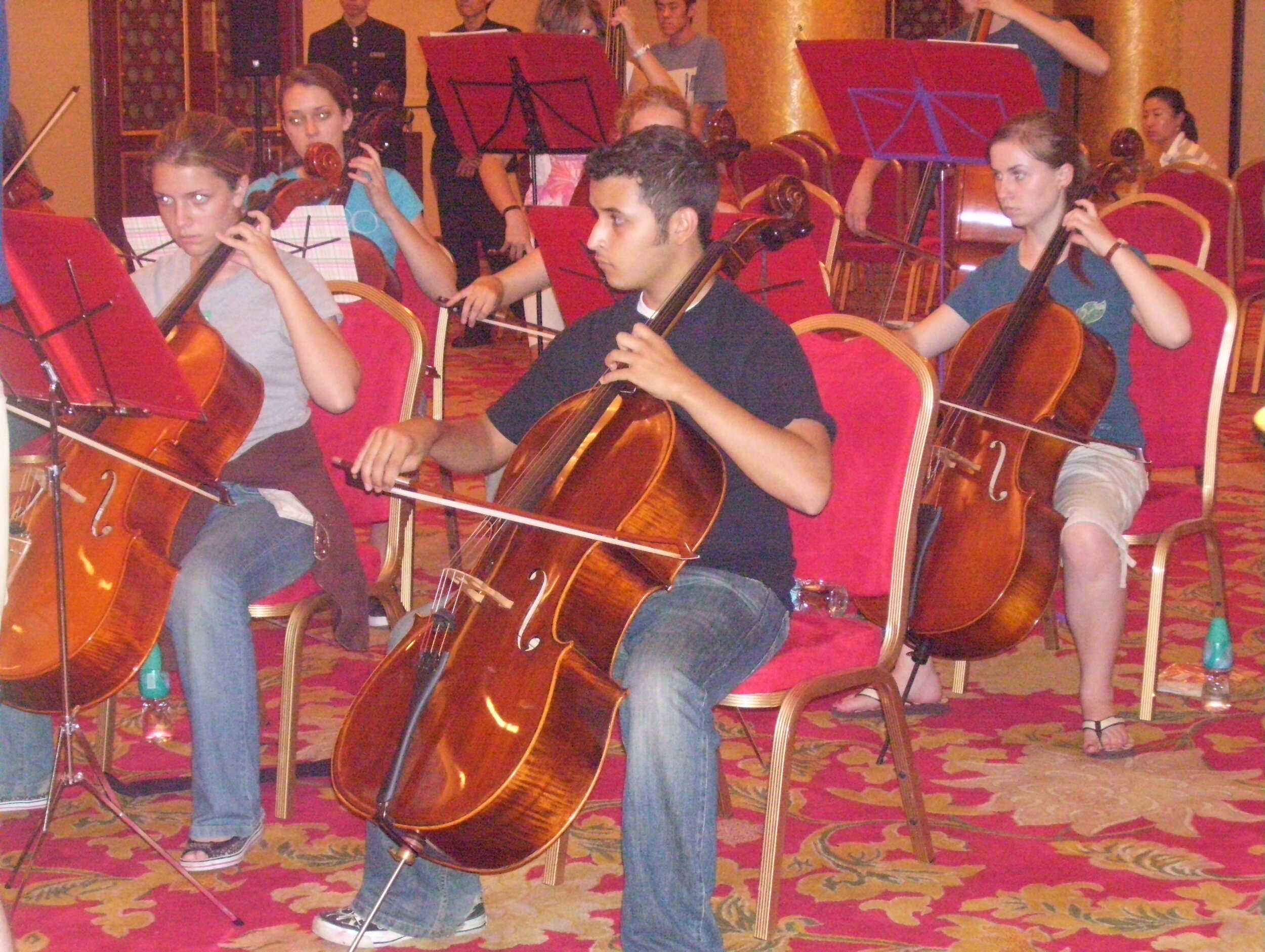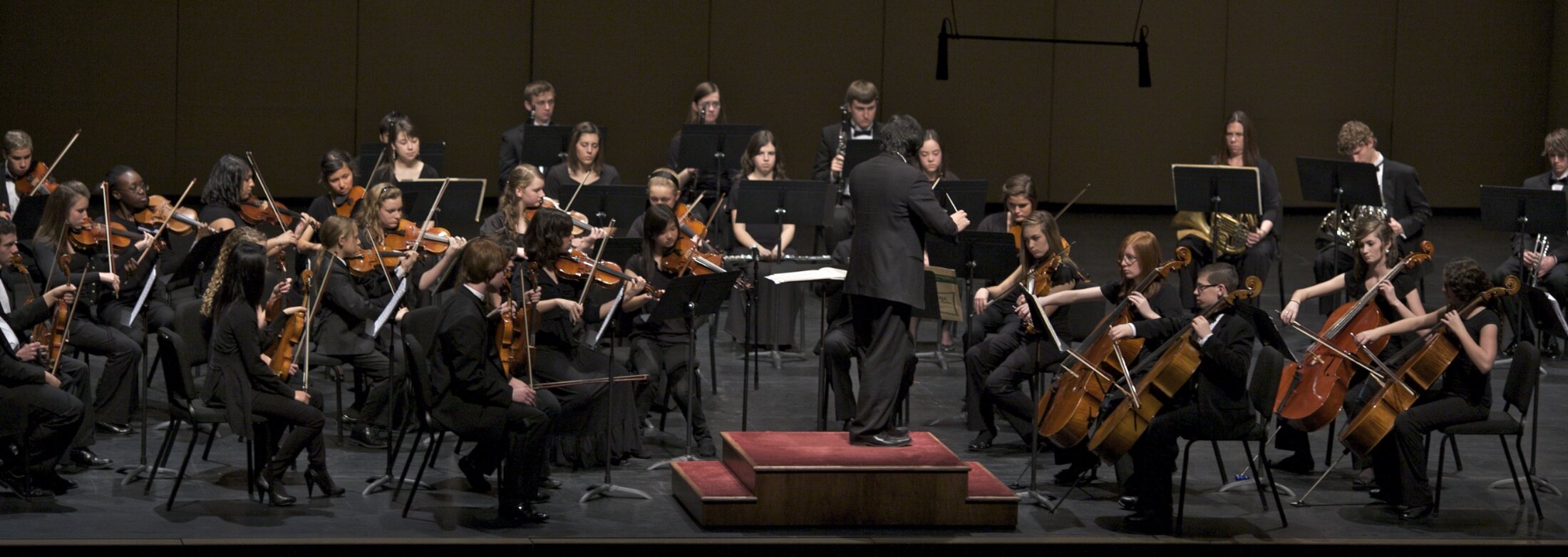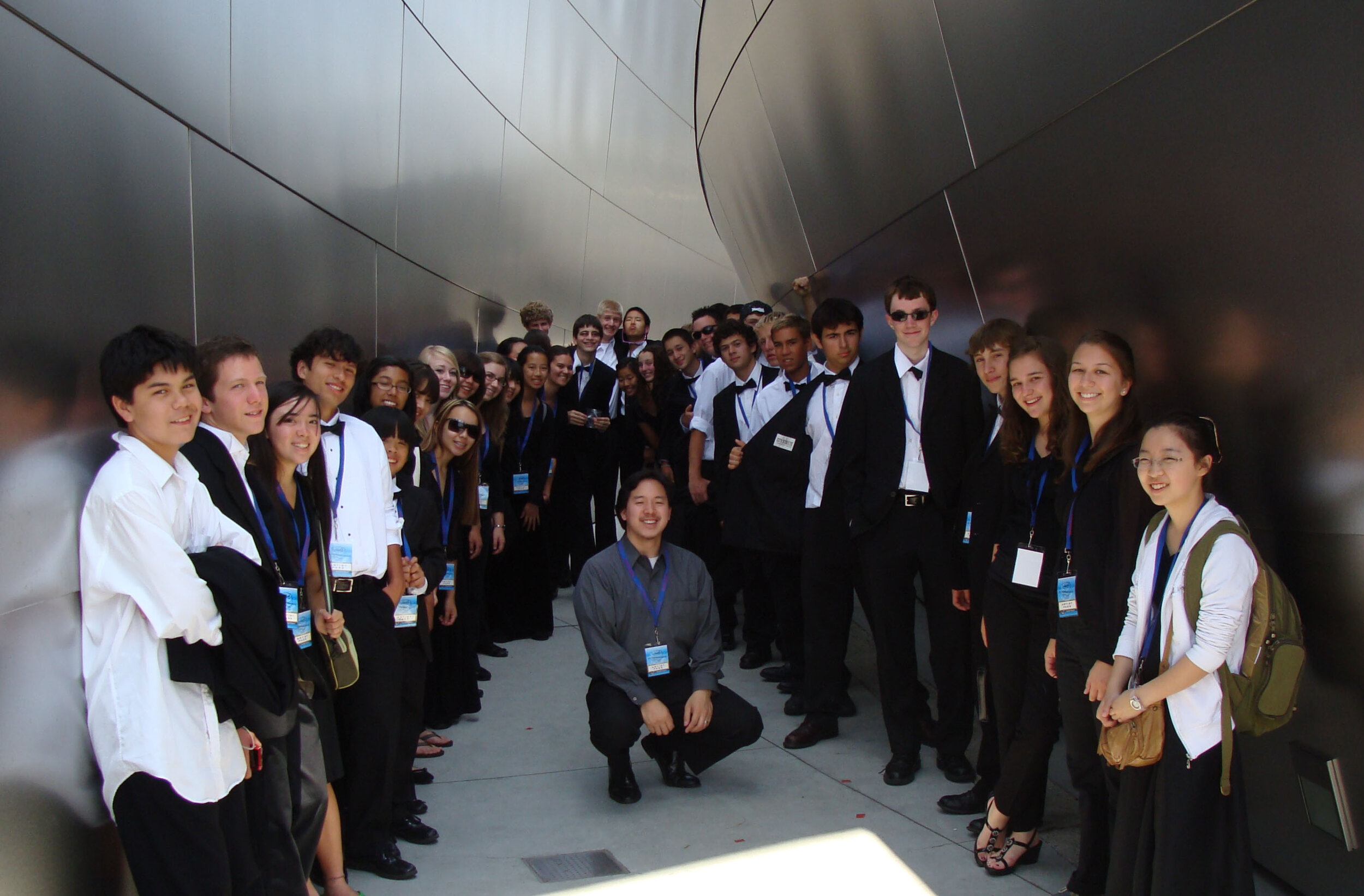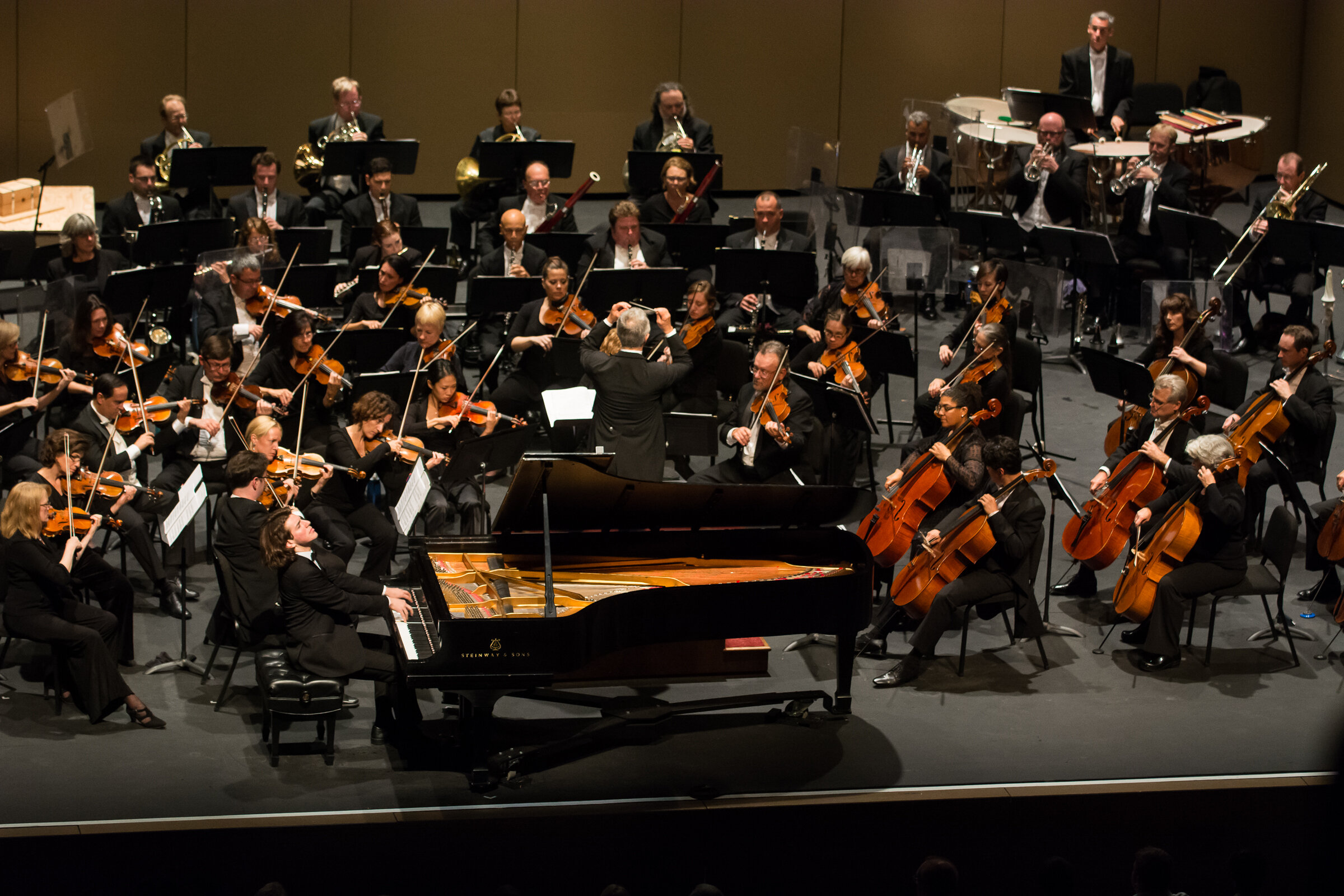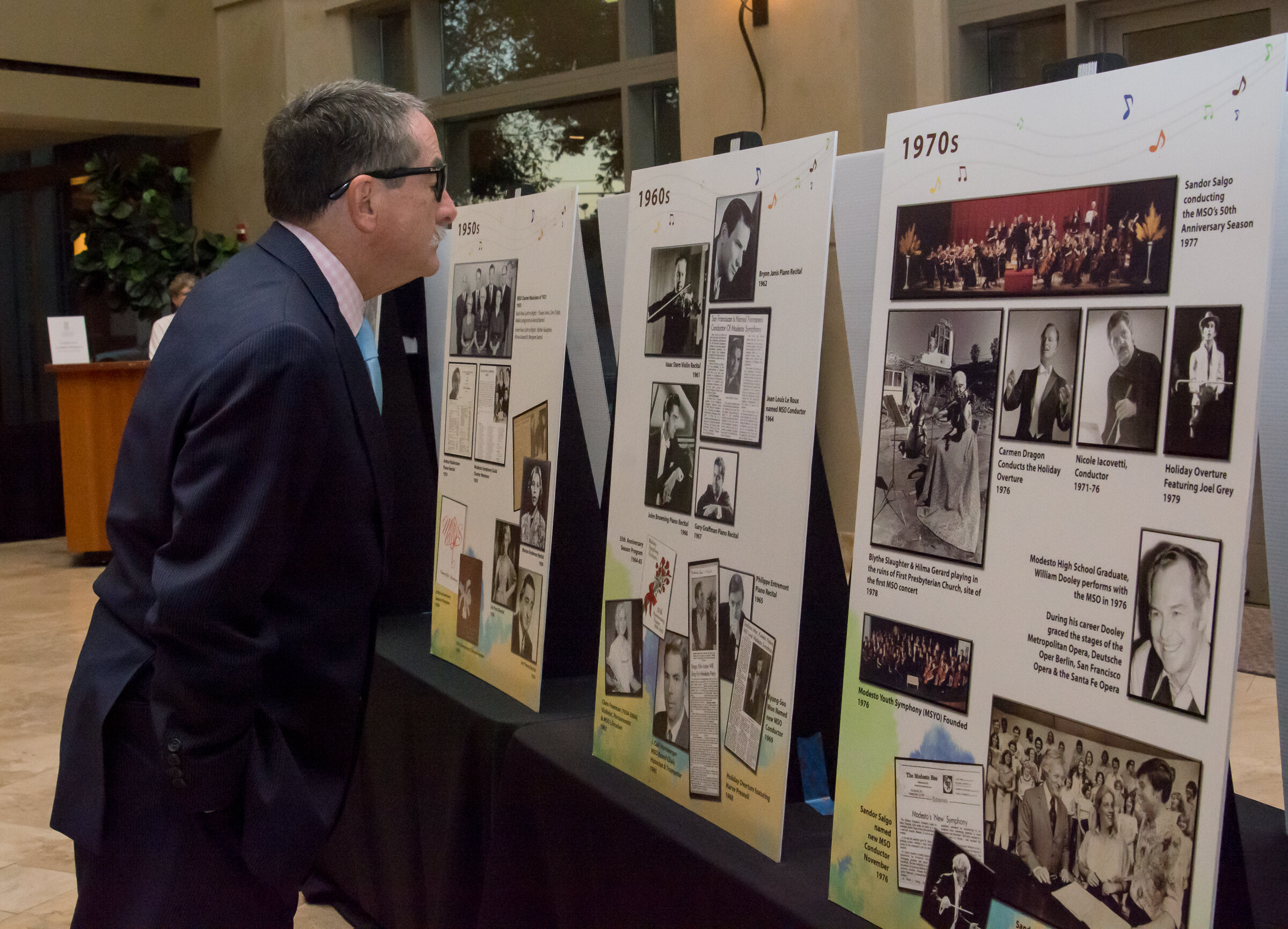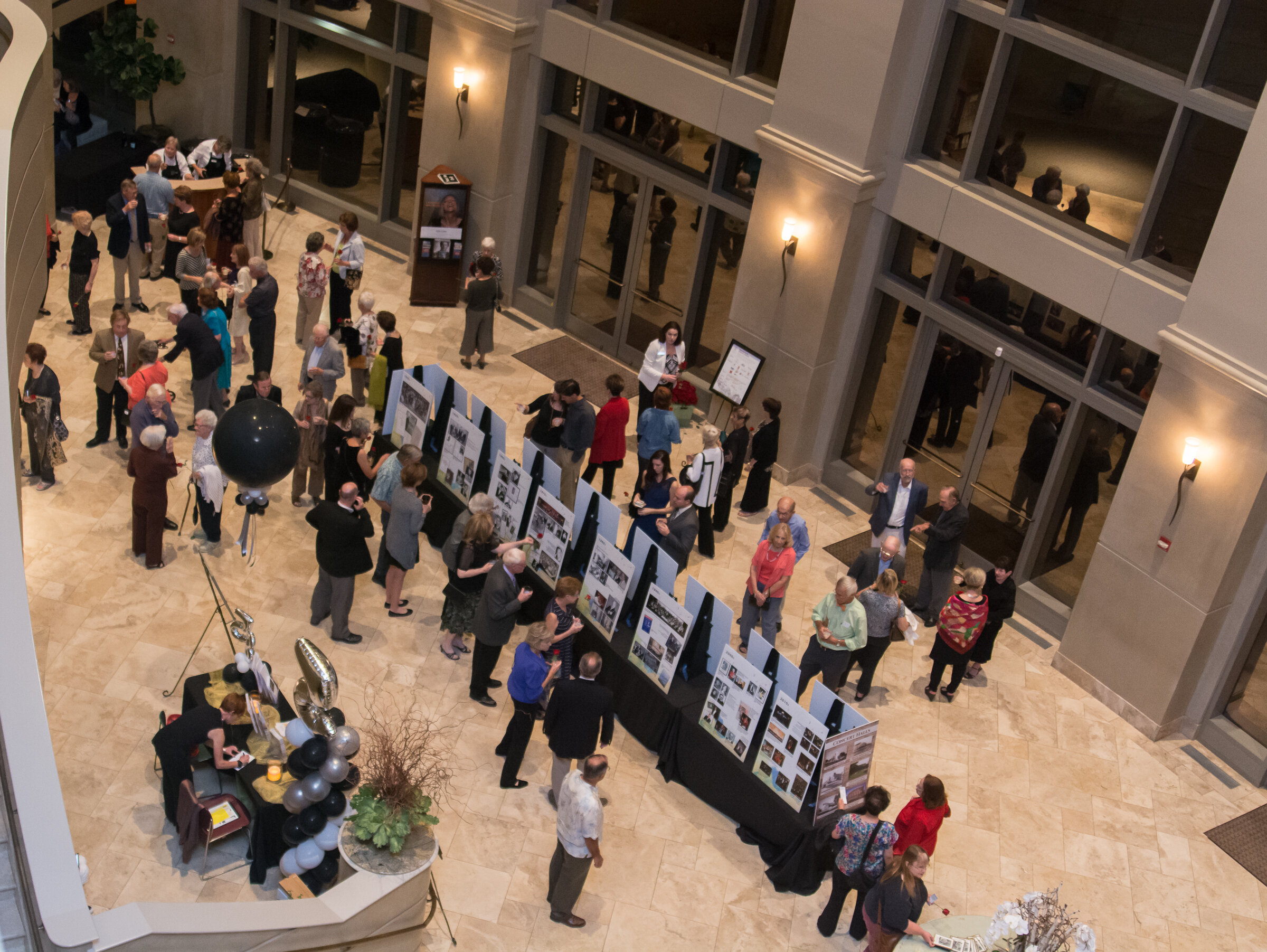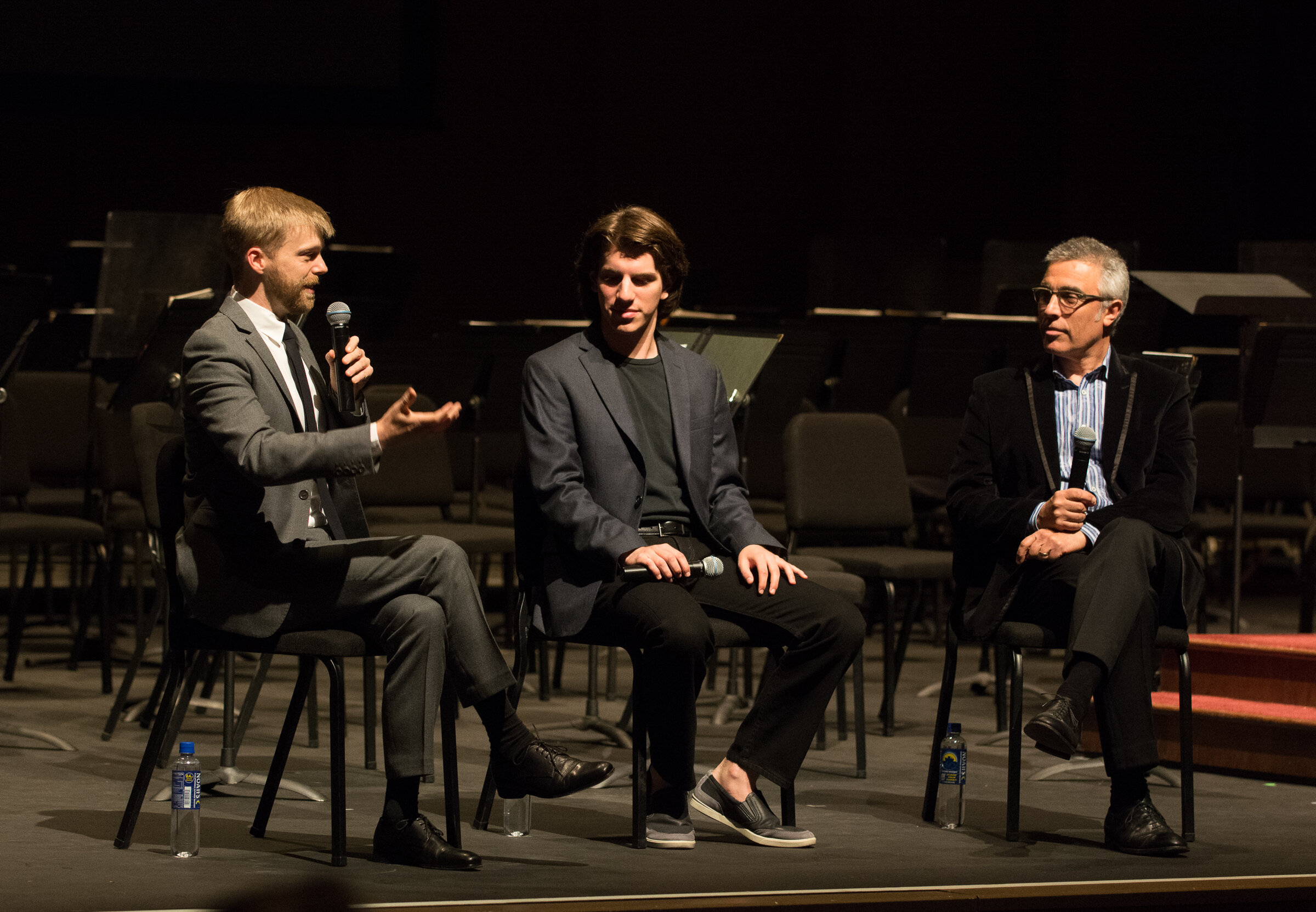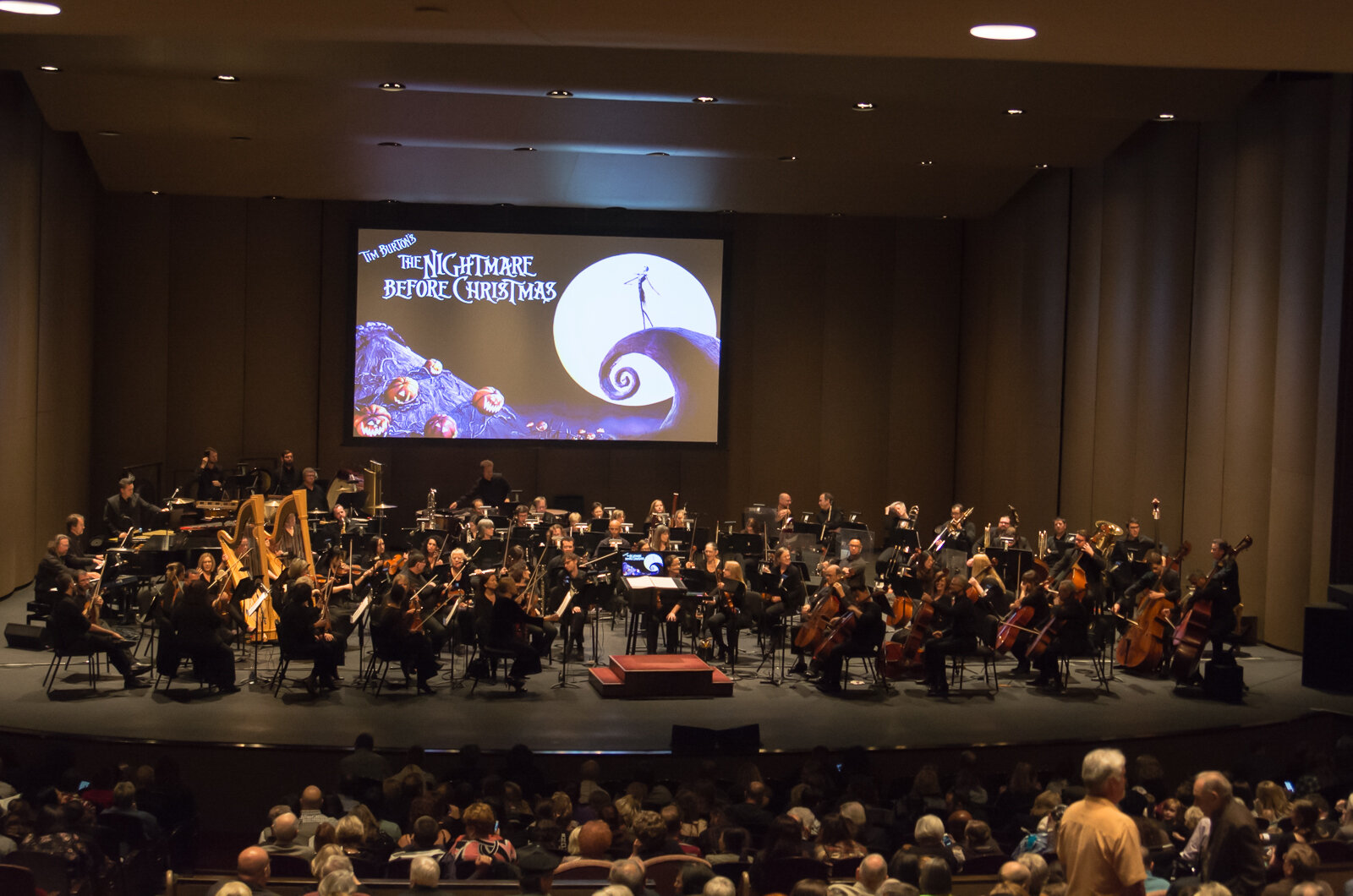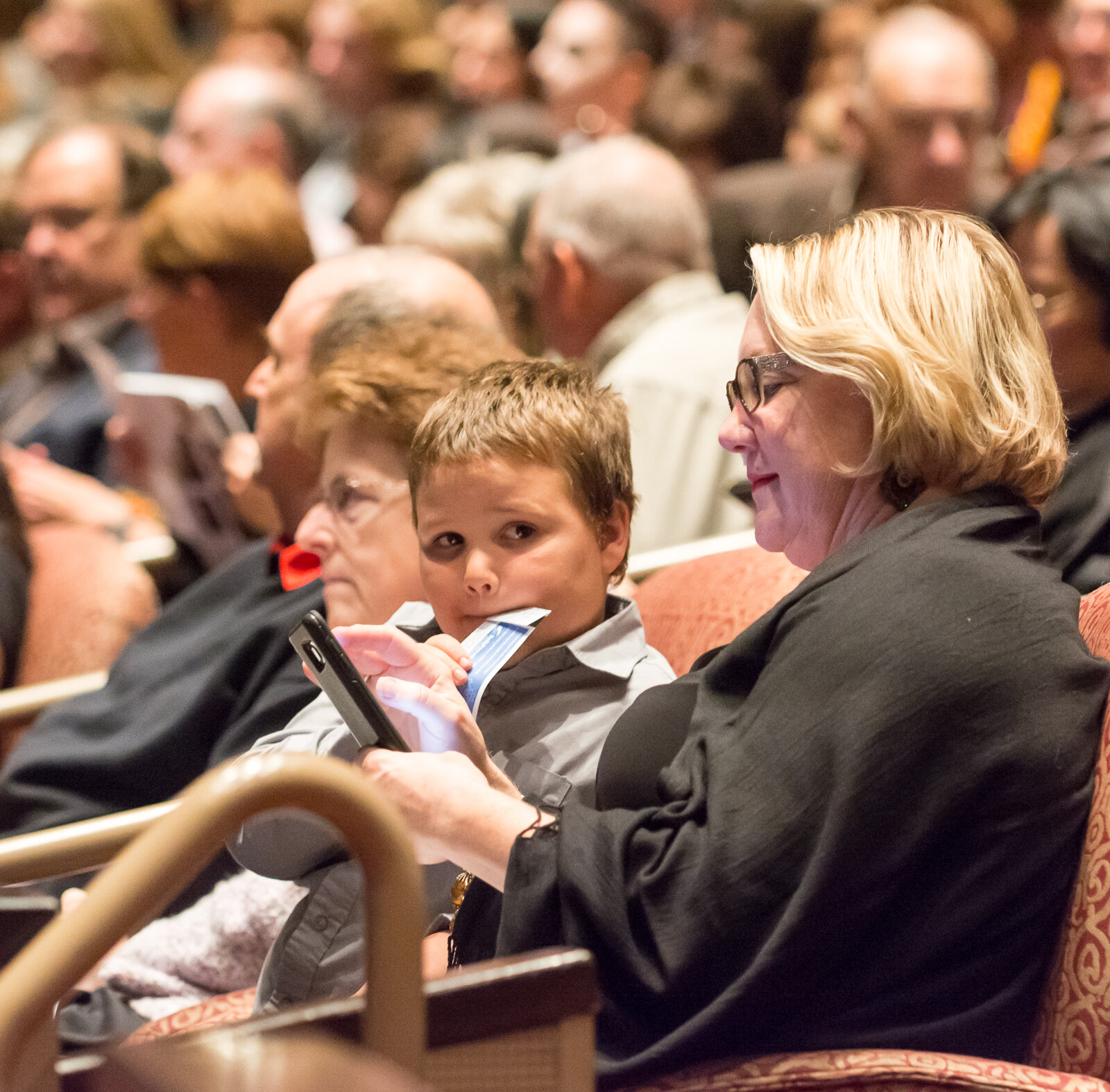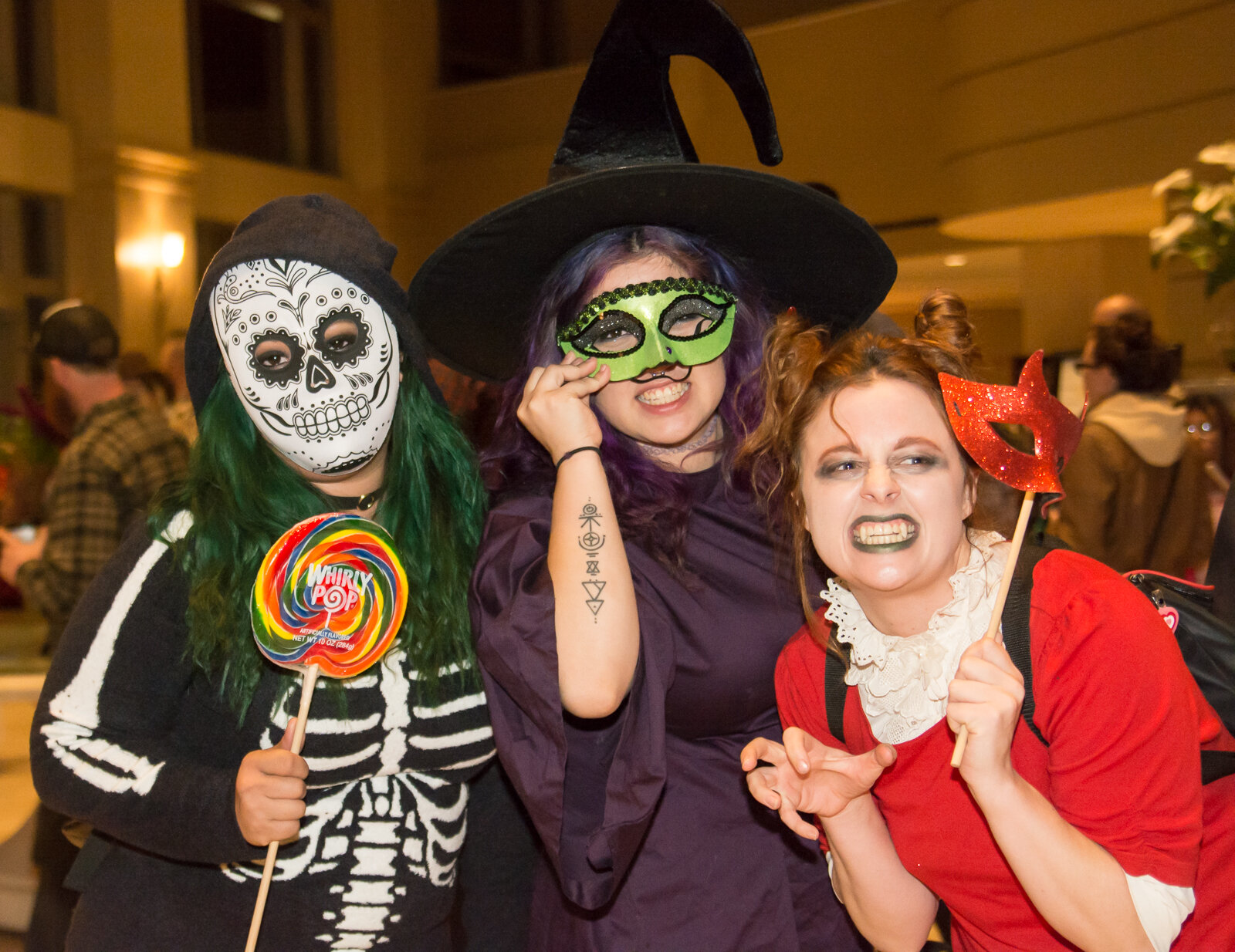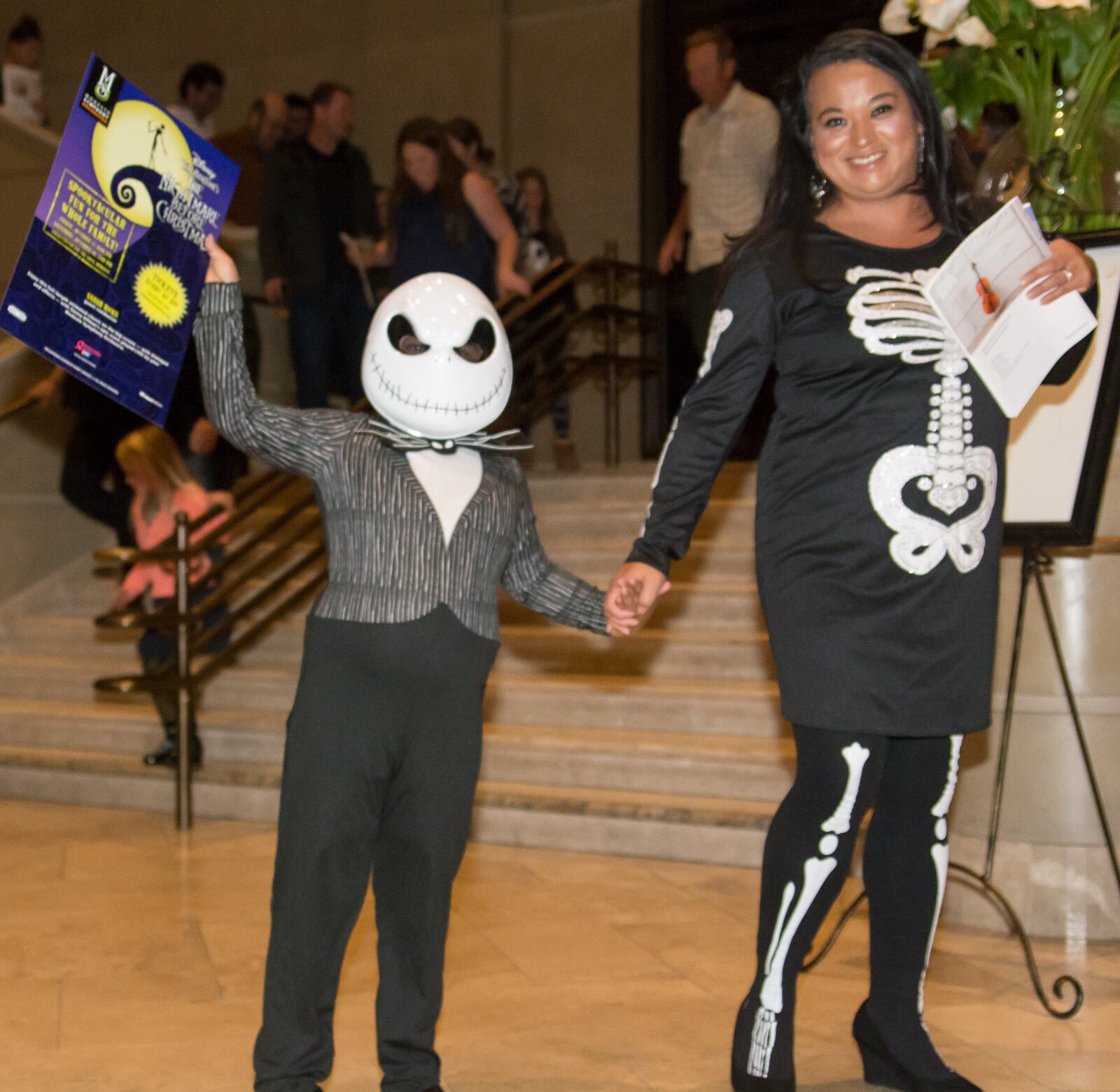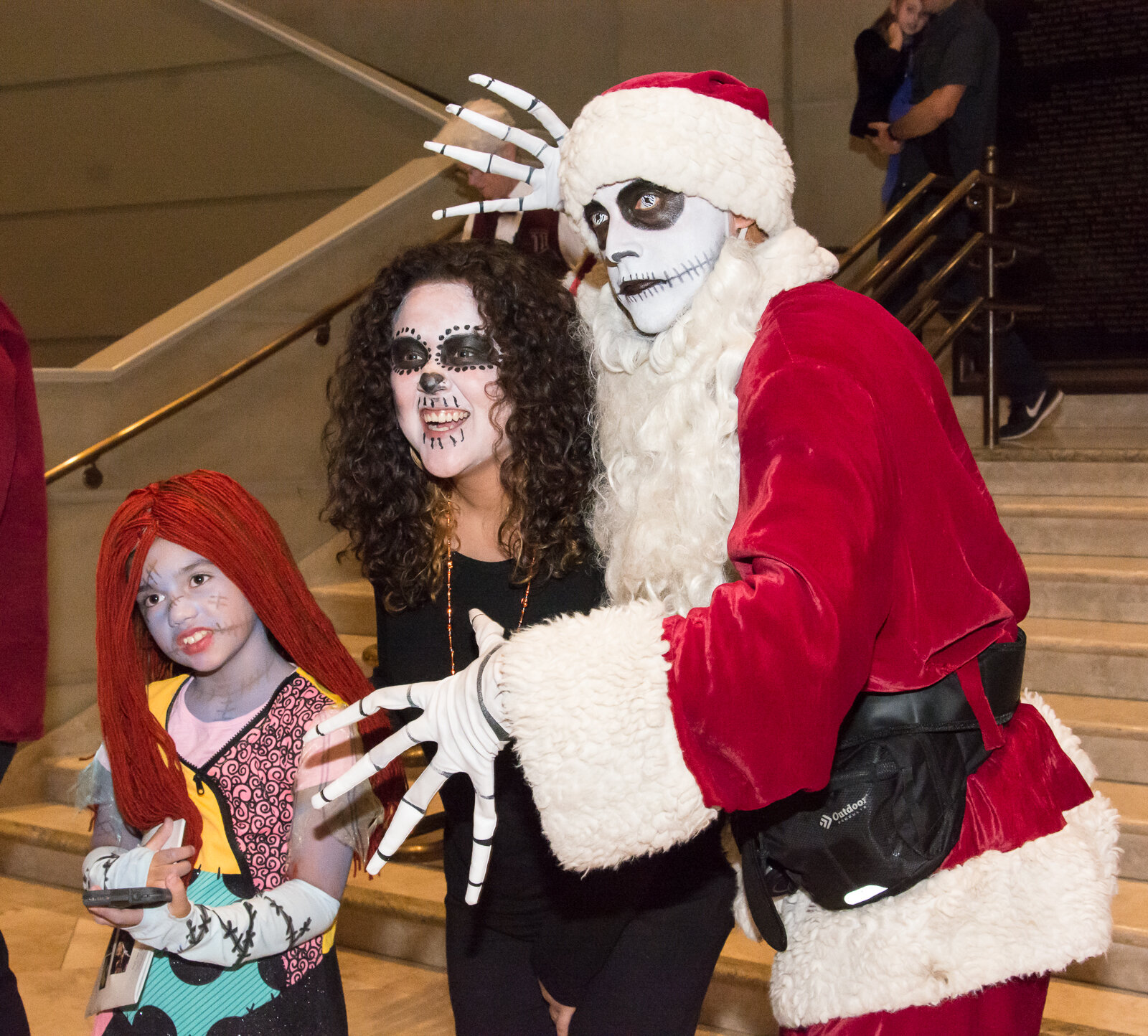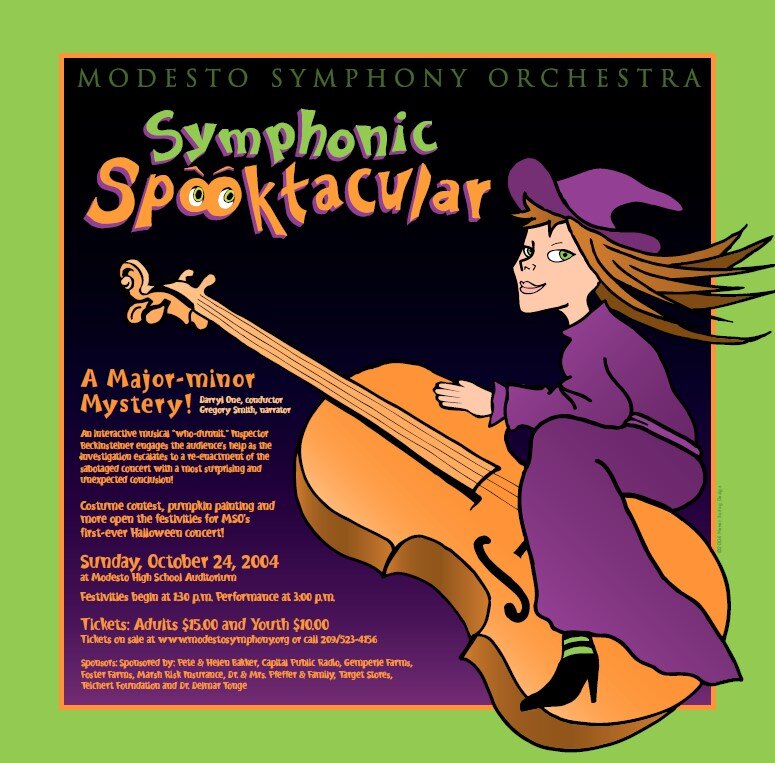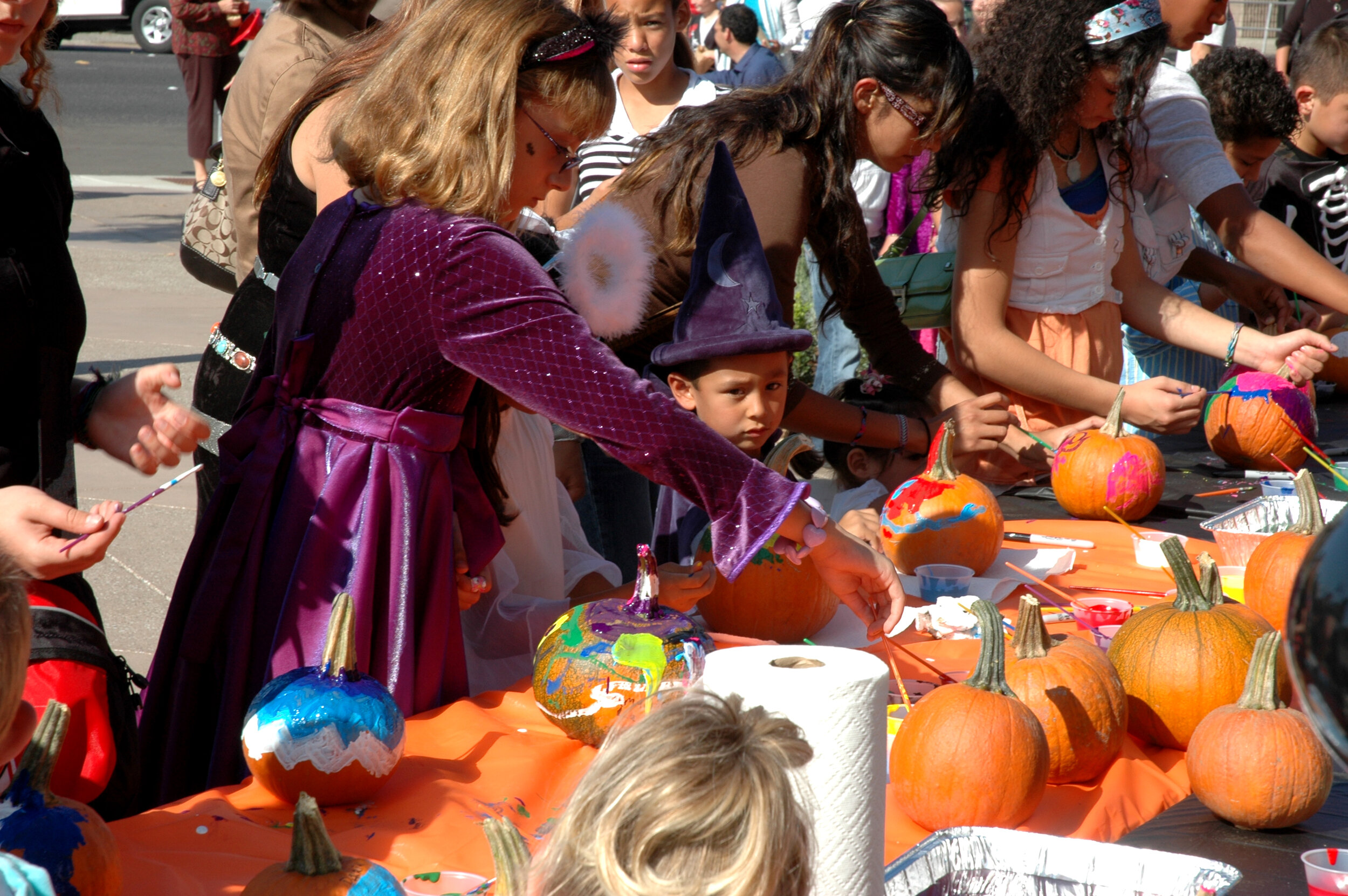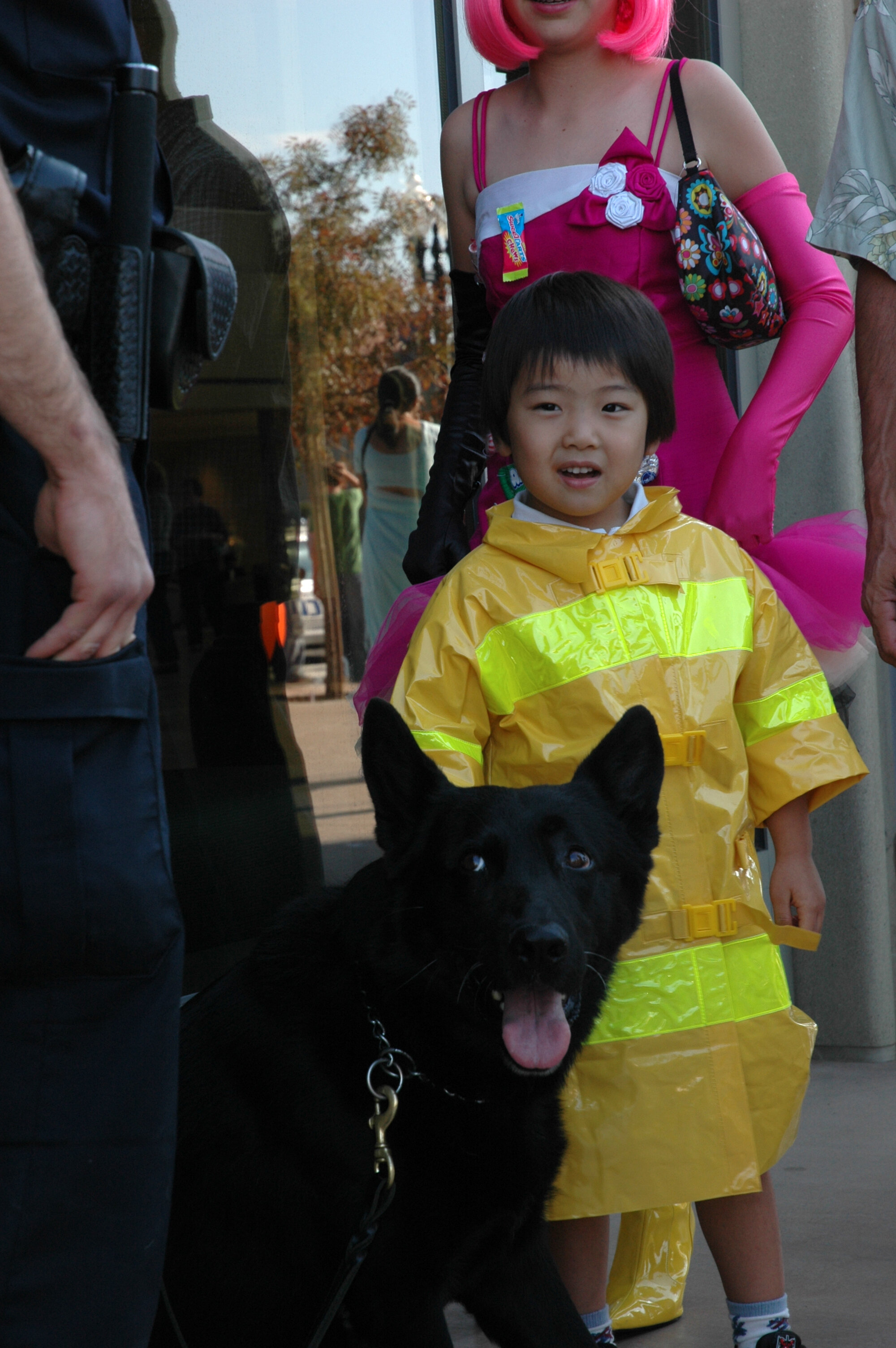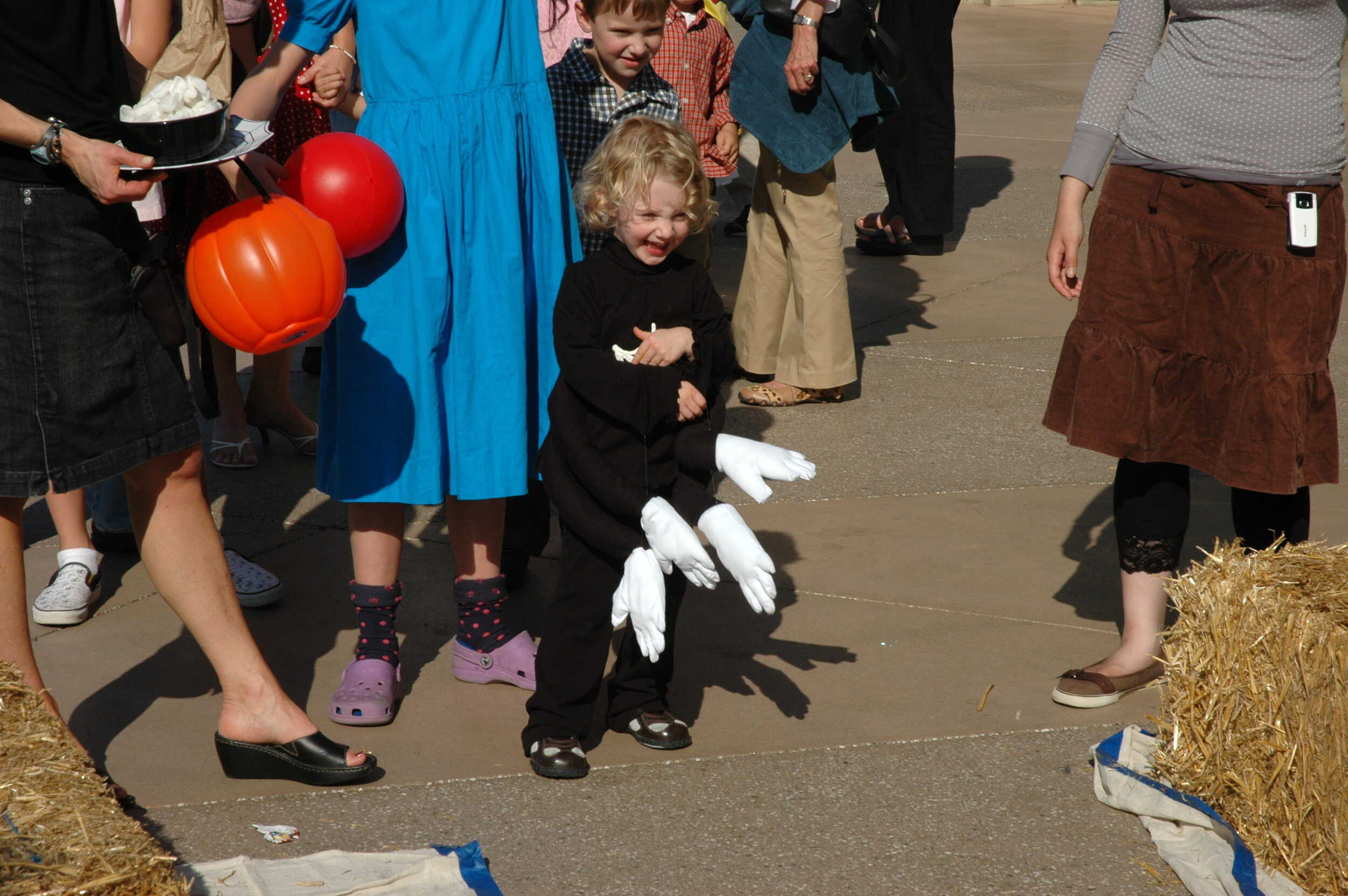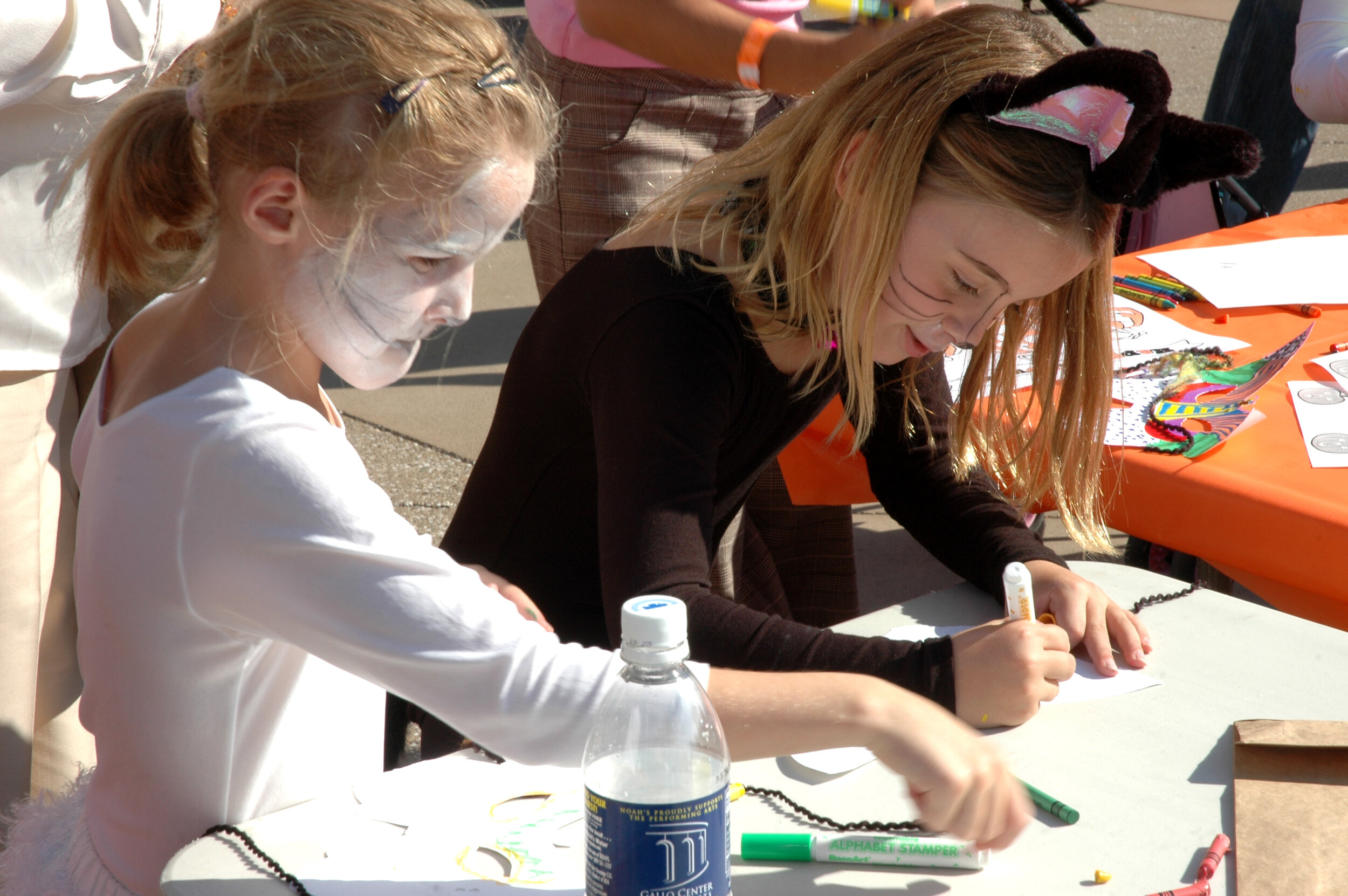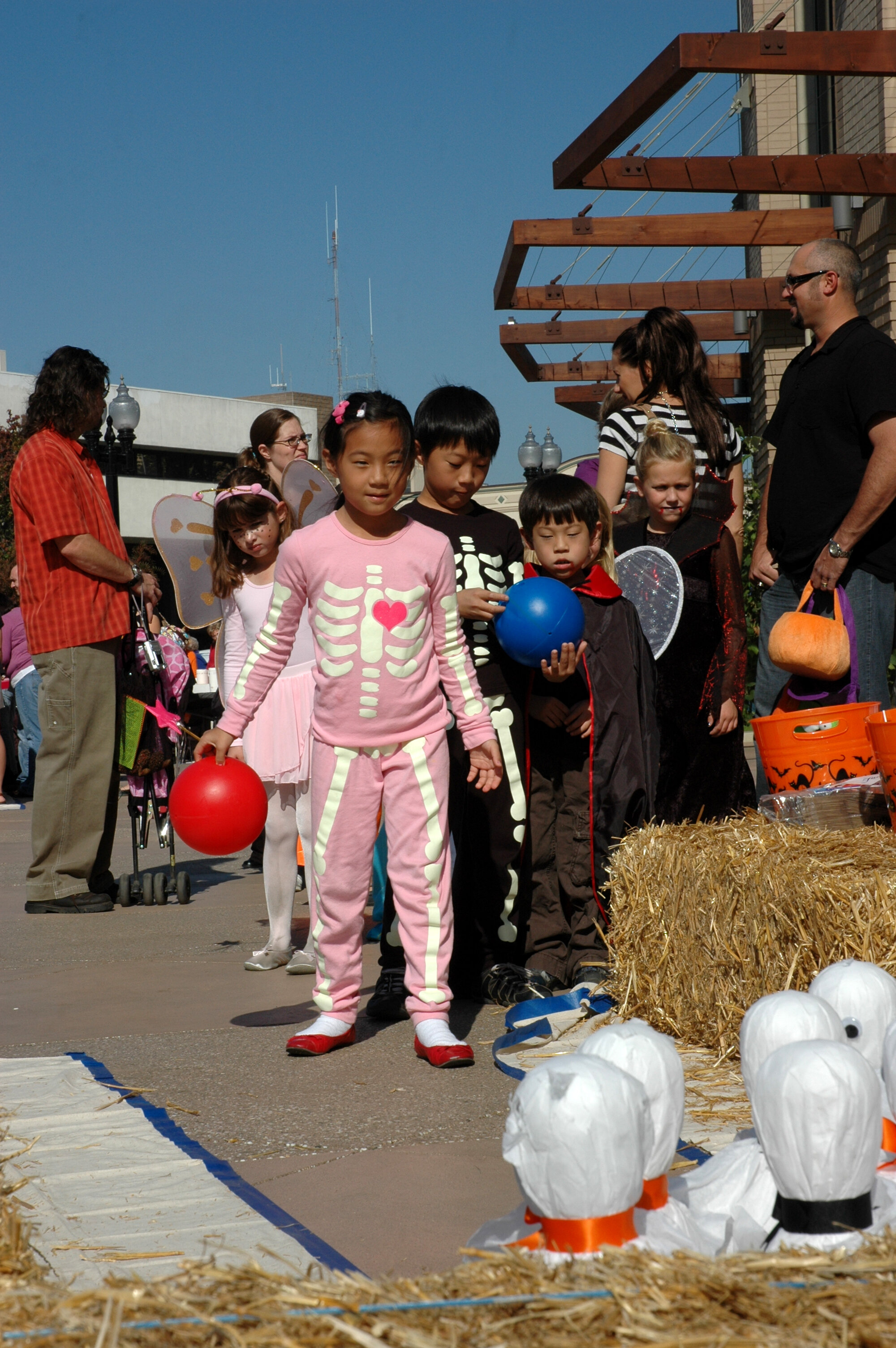Celebrating 90 Years of Enriching Lives Through Music
On April 17, 1931 the Modesto Symphony Orchestra held its first concert to an audience of more than 1,200 at the First Presbyterian Church Auditorium which stood at the corner of 14th and I Street.
The program opened with Glinka’s lively Russlan and Ludmilla Overture and closed with Strauss’ Blue Danube Waltz. Also on the program was Haydn’s Surprise Symphony and selections from Rossini’s William Tell and Wagner’s Tannhauser. Soloists on that auspicious evening were orchestra members Leonardo Fristrom and Homer Fair, violinists, who performed the L’Arlesienne Suite by Bizet.
The orchestra numbered 74 on opening night and included many local students. 20 of the charter members were still playing with the organization two decades later. 33 years after its founding, when Mancini directed his final concert, the names of two original members appeared on the program: cellists Malin Langstroth and Blythe Slaughter.
Orchestra Personnel, April 1931
(original listing)
First Violin: Leonardo Fristrom, Homer Fair, Harold Hilton, Helen Beard, Archie Dixon, Hilma Gerard, Bethyl Wiens, Margaret Stevens, Marguerite Graham, Ruth Ekholm, Donna Reeves, Wilson Schuler, Ruth Riddle, Jane Rydbom, Doris McCormick
Second Violin: Bill Clinkenbeard, Isadore Brachman, Larry Morey, Florence Ney, Dorothy Brooks, Earl Ekholm, Linden Moore, Lola Truman, Emma Helmick
Viola: Clarissa Green, Virginia Laird, Eugenia Fitzgerald, Albert Lotspeich
Cello: Malin Langstroth, Leonard Johnson, Loi Gushe, Mary Kiersch, Ina Bradley, Francis Riell, Blythe Slaughter, Marjorie Saveker, Thayer Jones, Zelda Cox, Wilma Secrest
Charter members, back row: Thayer Jones, Don Tingle, Malin Langstroth, Harold Bartlett; front row: Blythe Slaughter, Hilma Gerard, Margaret Bartlett
Rehearsal at Mancini Hall
Oboe: Charles Thompson, Mary Hough, Harold Blakeley
English Horn: Charles Thompson
Flute: John Wing, Edwin Taylor, Jack Cressey, Bruch Bomberger
Bassoon: Marie Jensen
Clarinet: Harold Bartlett, Max Denny, Richard Anderson, Burdean Thompson
Blass Clarinet: Margaret Redman, Tommy Clinkenbeard
Bass Viol: Norman Smith, Joe Holder, Edwin Taylor, Sam Dreizen, Margaret Campbell, Marietta Green, Raymond Goodman
Tuba: Edward Bright
This image from 1973 is of original orchestra members, Blythe Slaughter and Hilma Gerard playing in the ruins of the First Presbyterian Church, location of the first MSO concert
Trumpet: Kenneth Morris, Gordon Pearl, Galen Ebie
Horn: Murray Schrock, Robert Bell
Trombone: Morris Schrock, James Hogin, Donald Tingle
Timpani: Dale Area
Percussion: Billie Myers, Roland Hunt, Henry Grundrecker
Piano: Dorothy Zimmerman
Librarian: Gordon Pearl, Kenneth Morris, assistant
